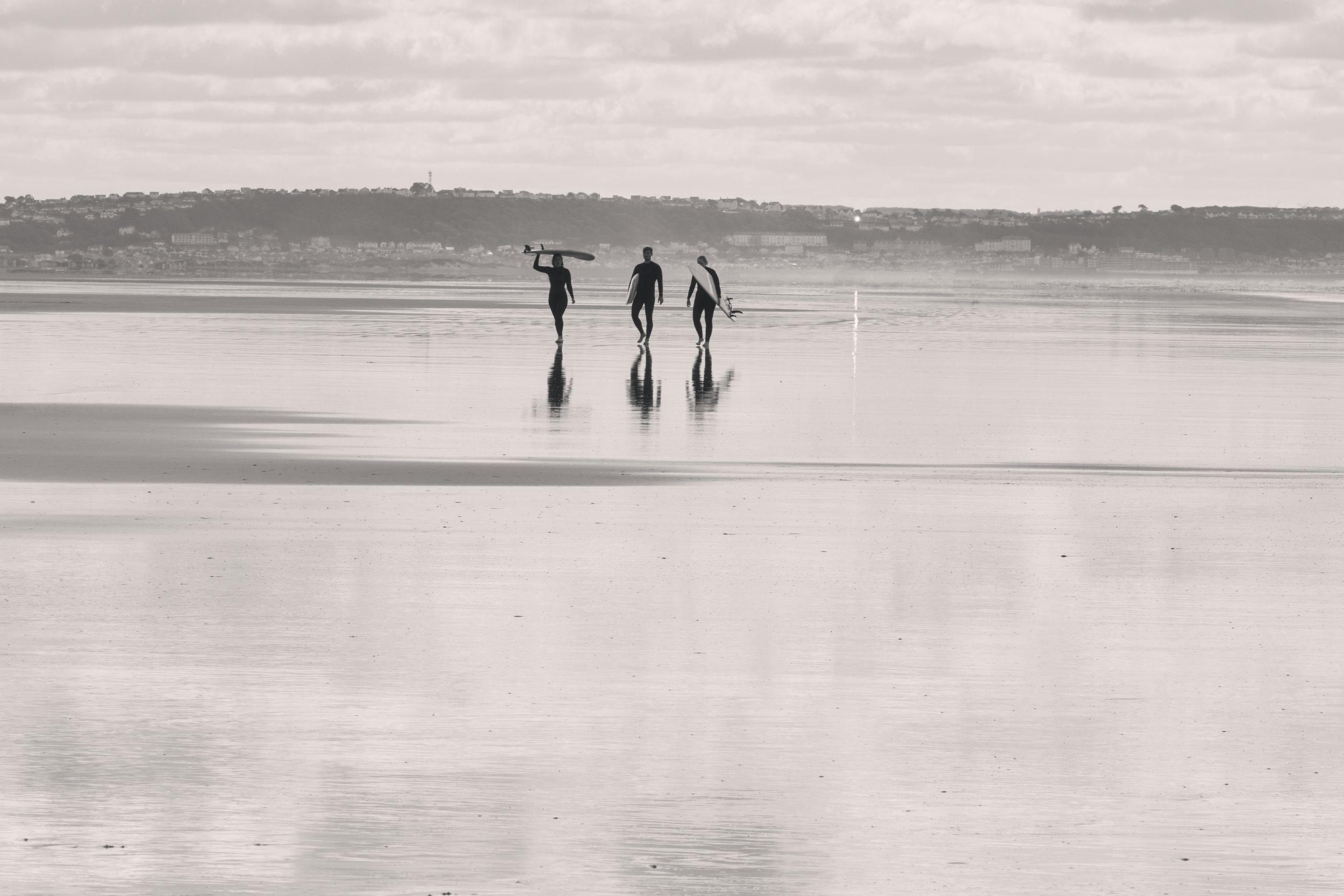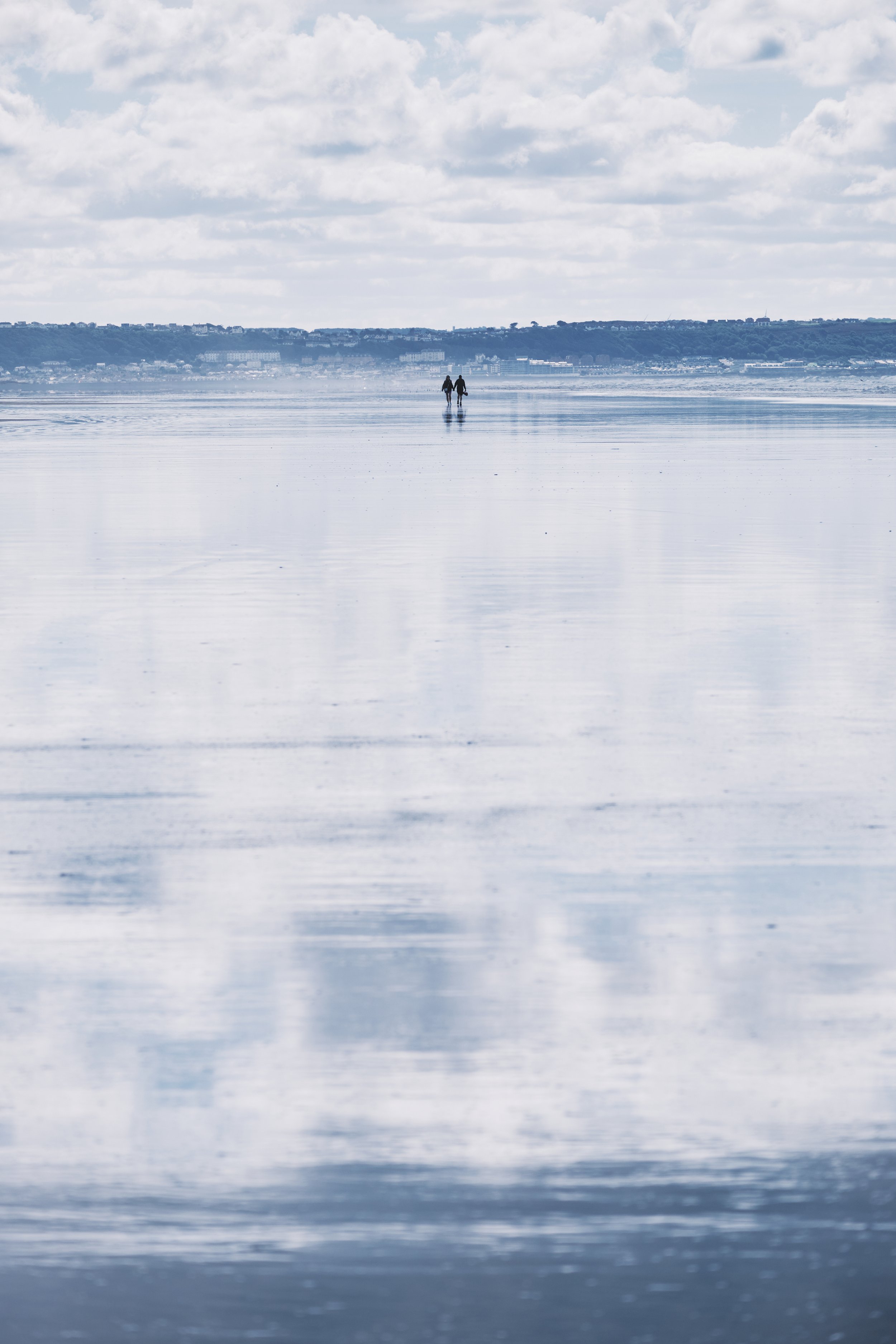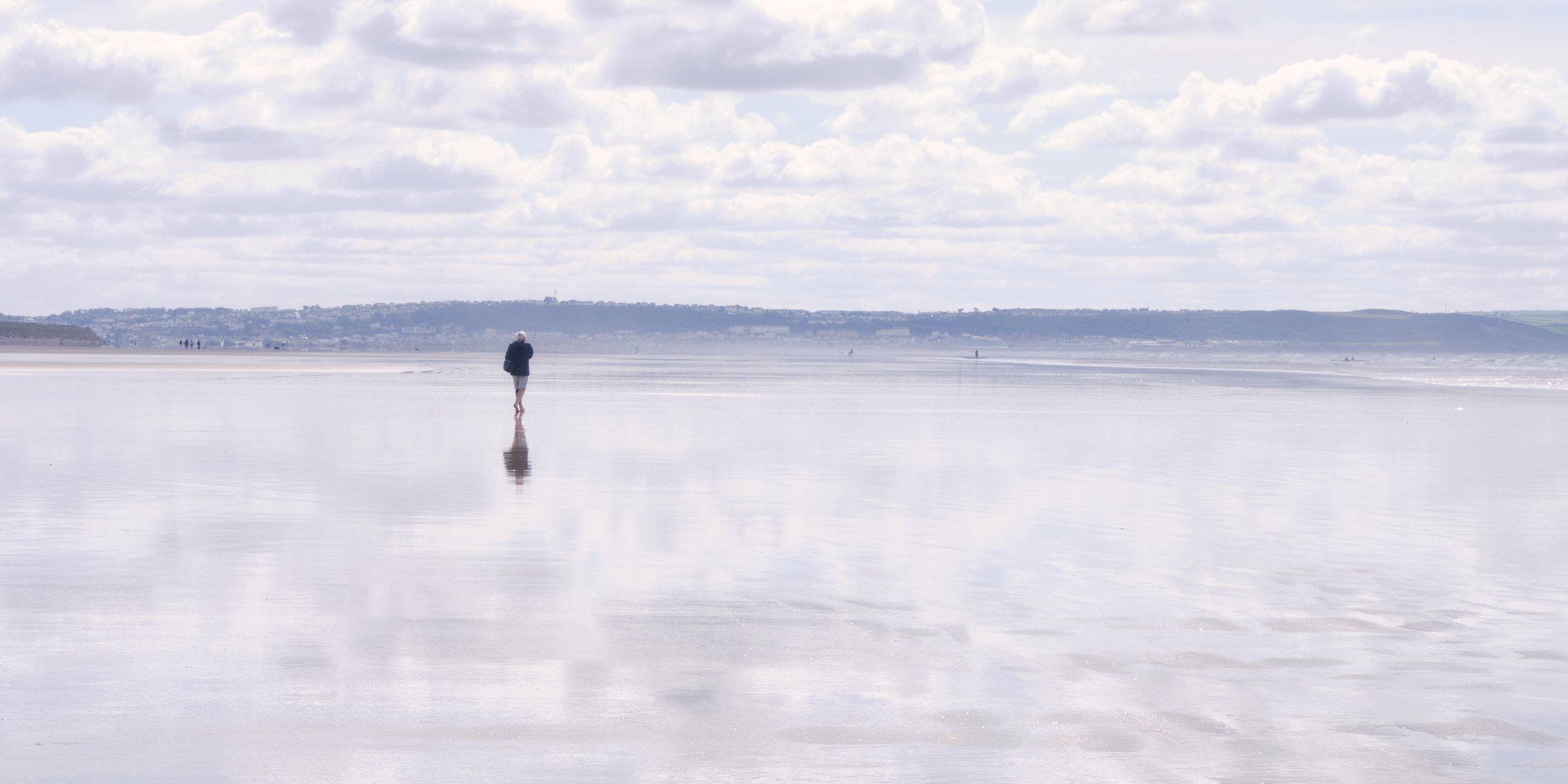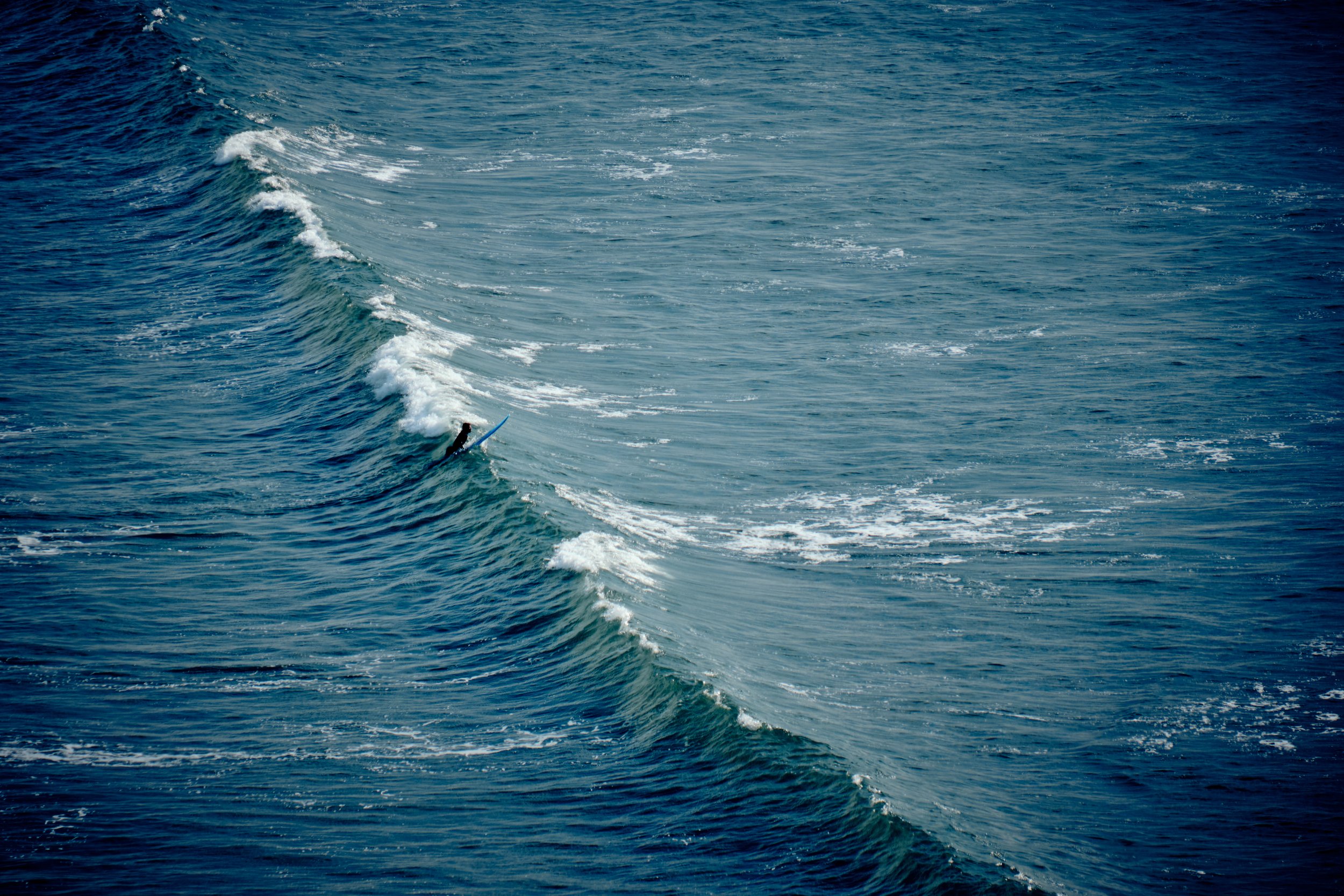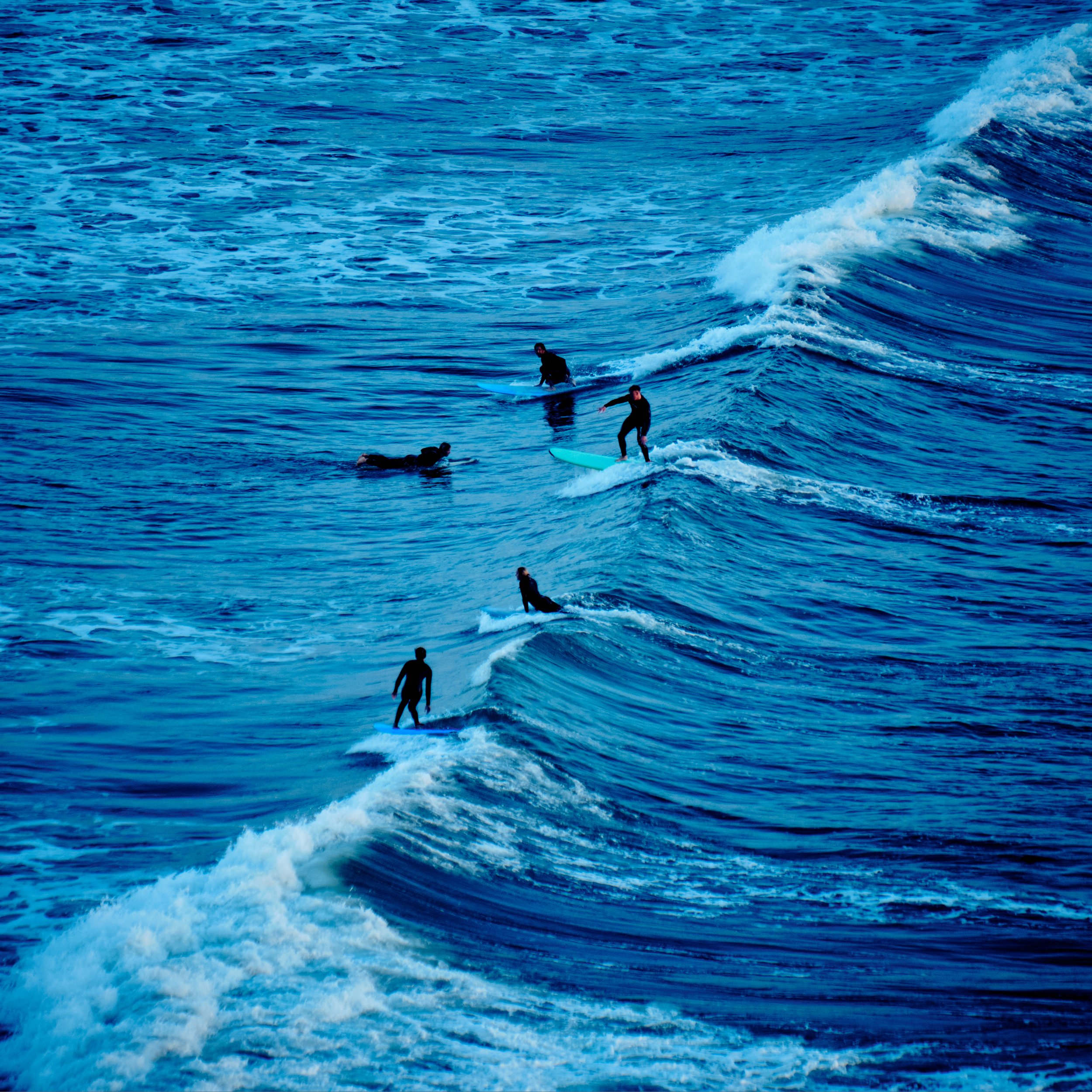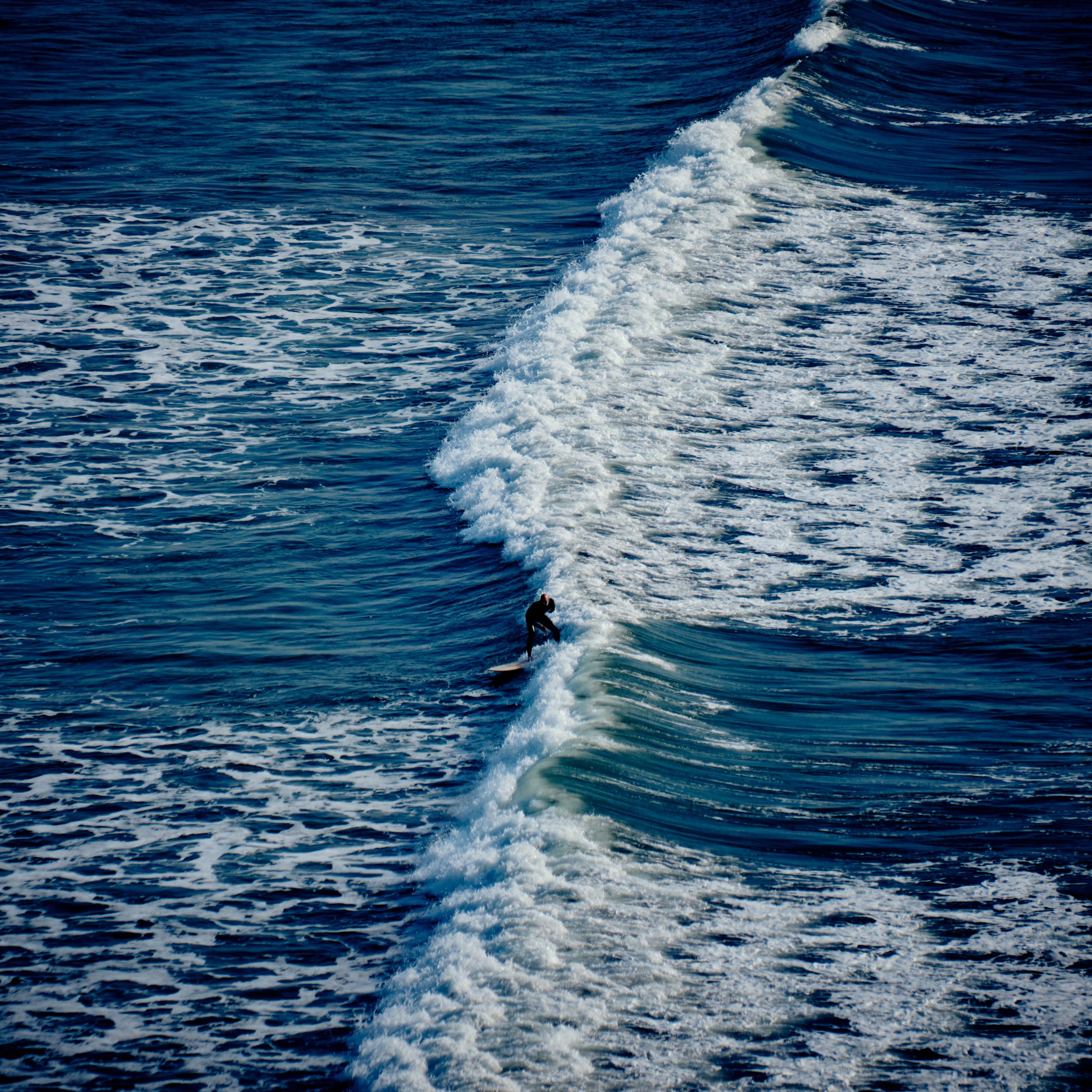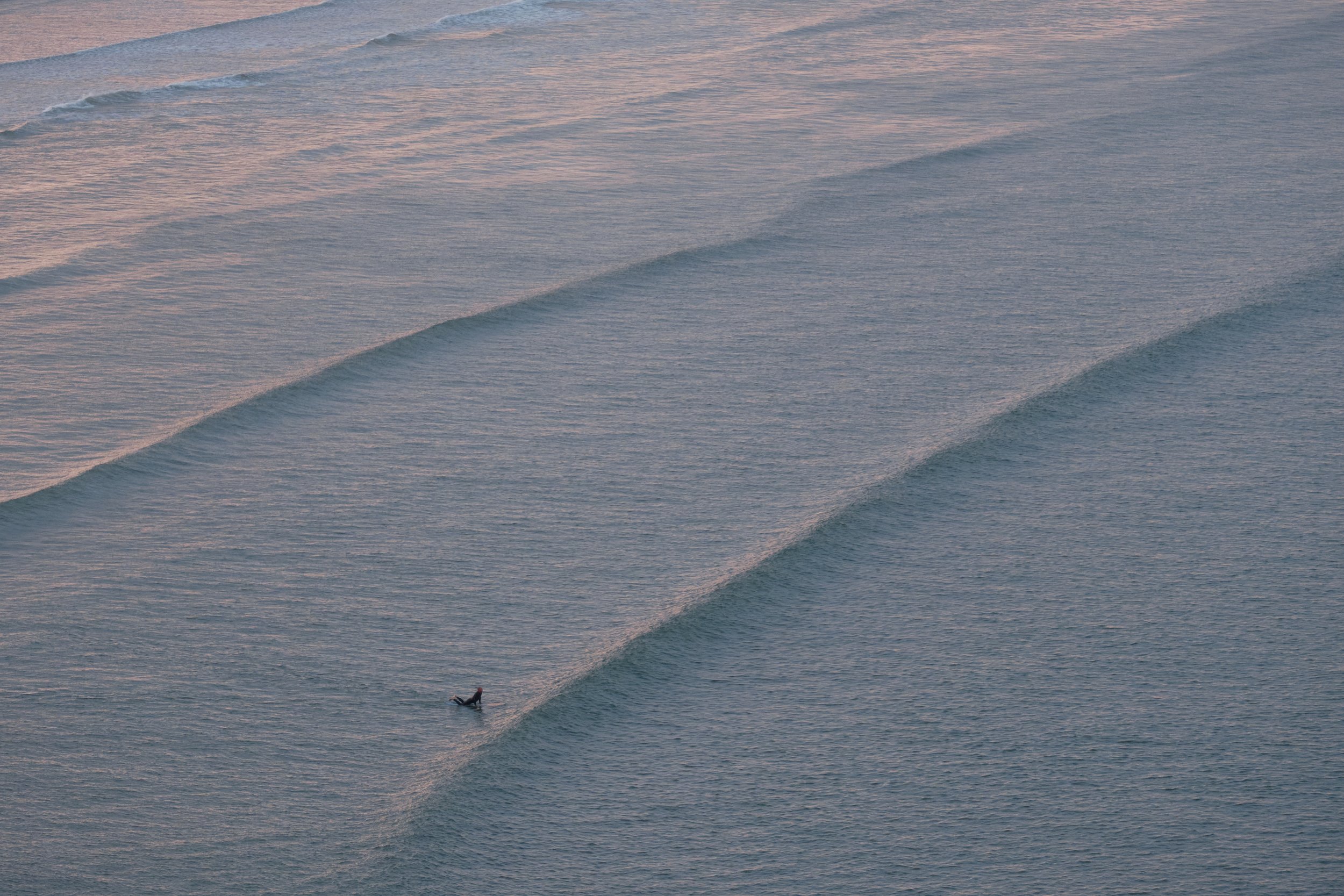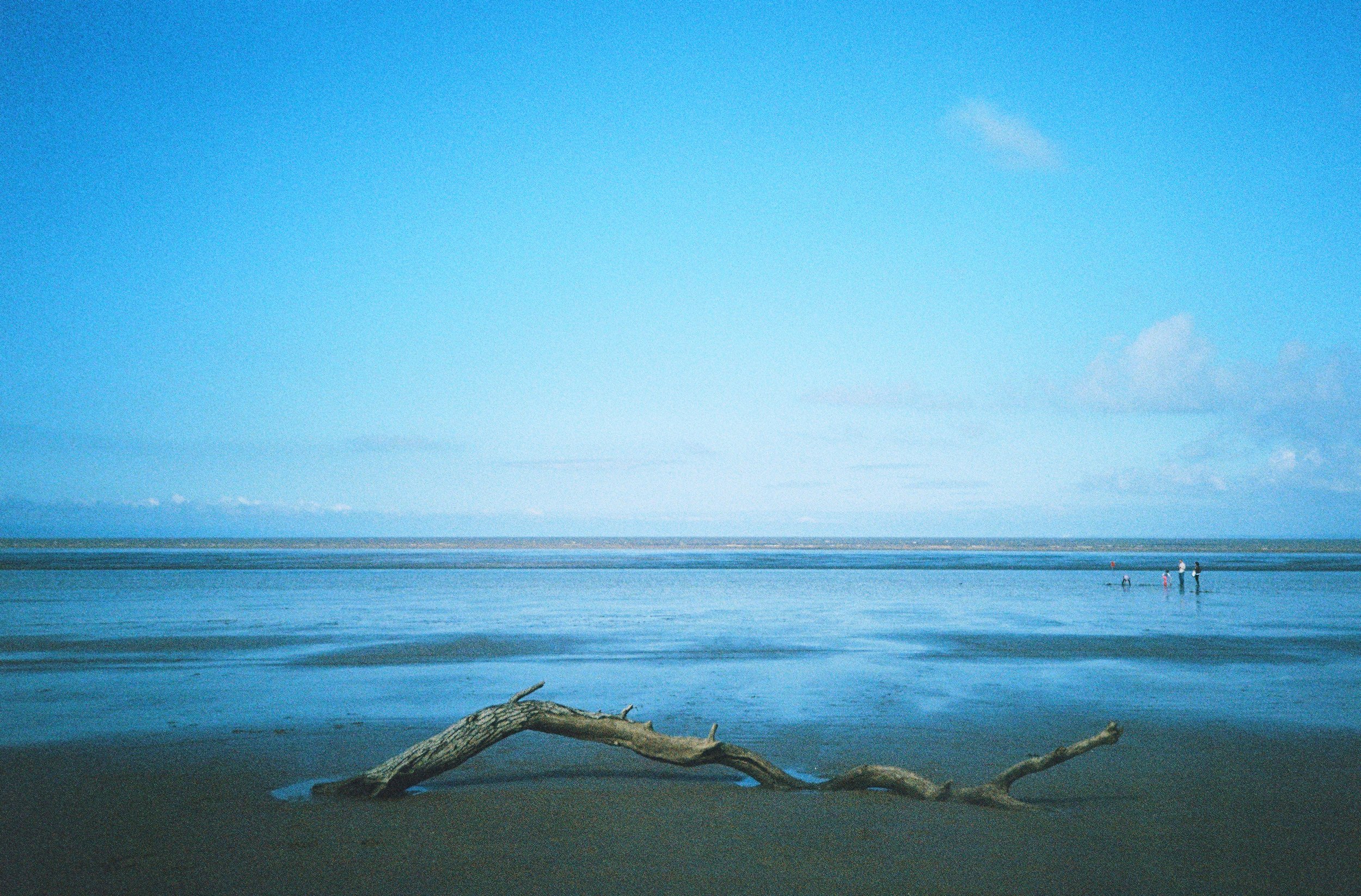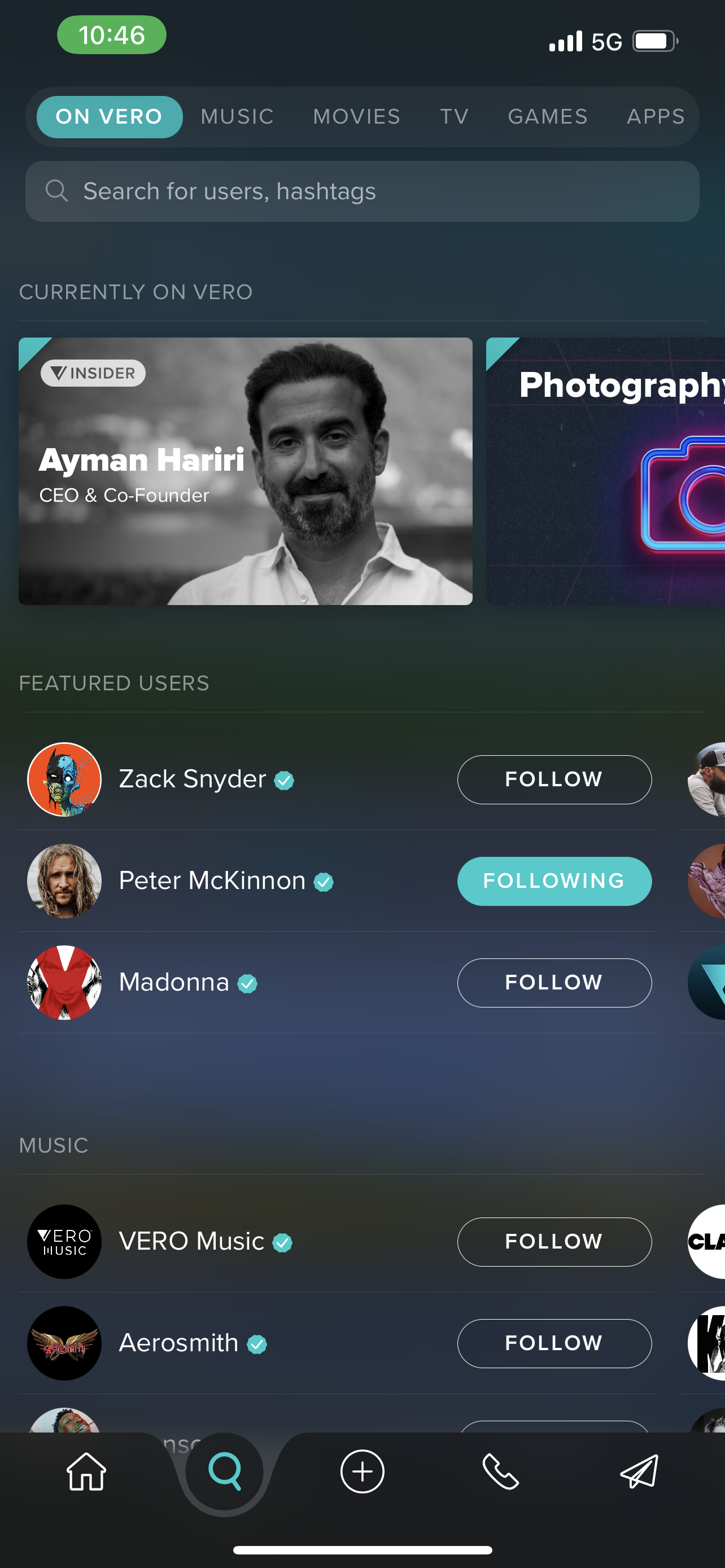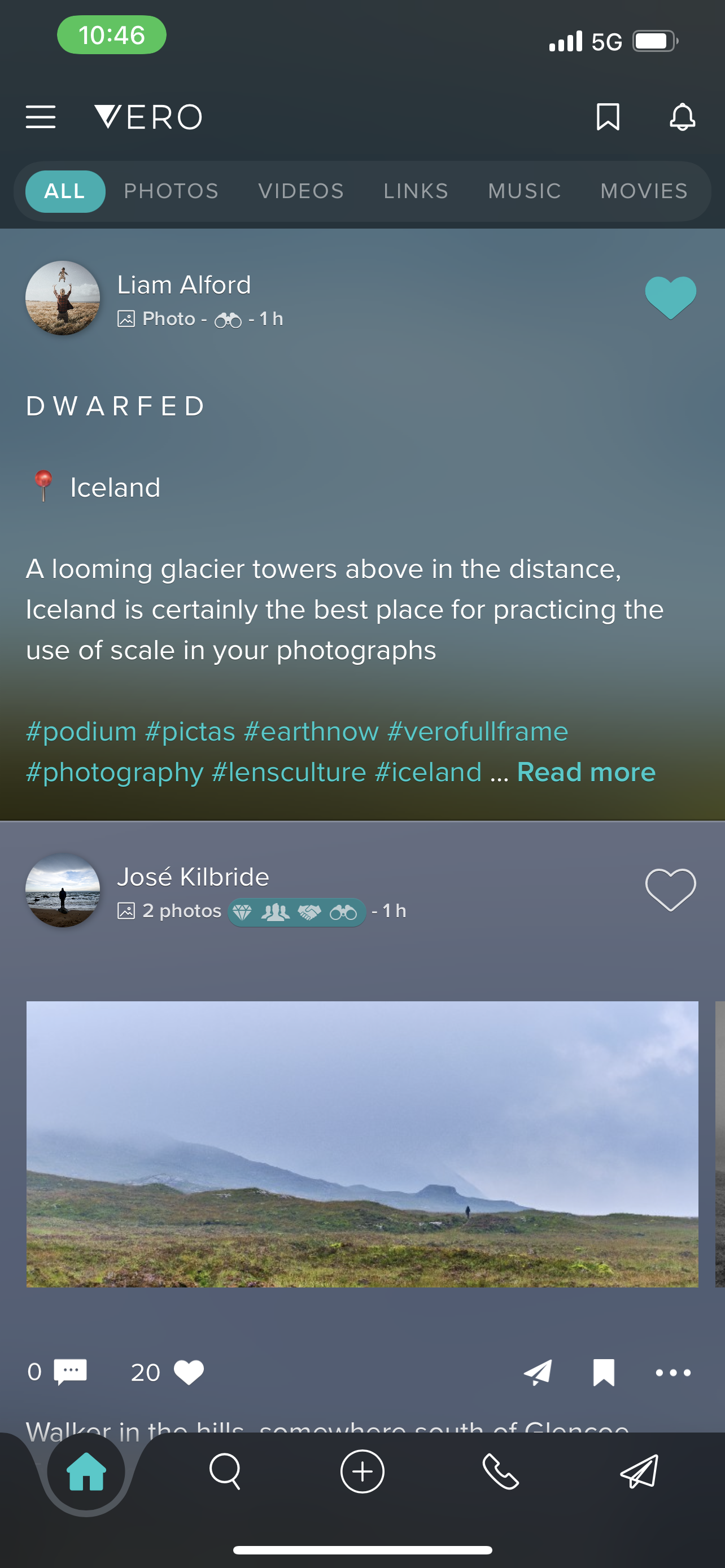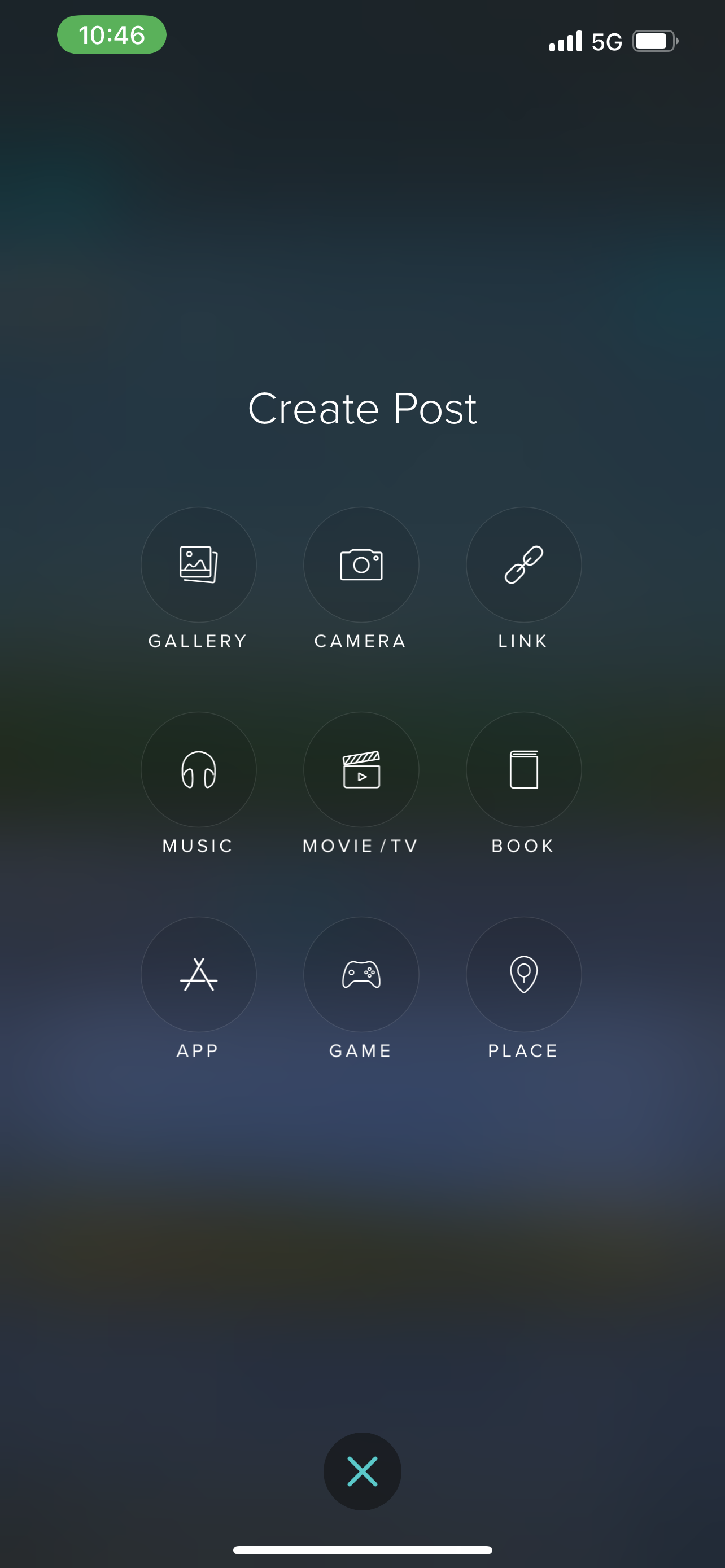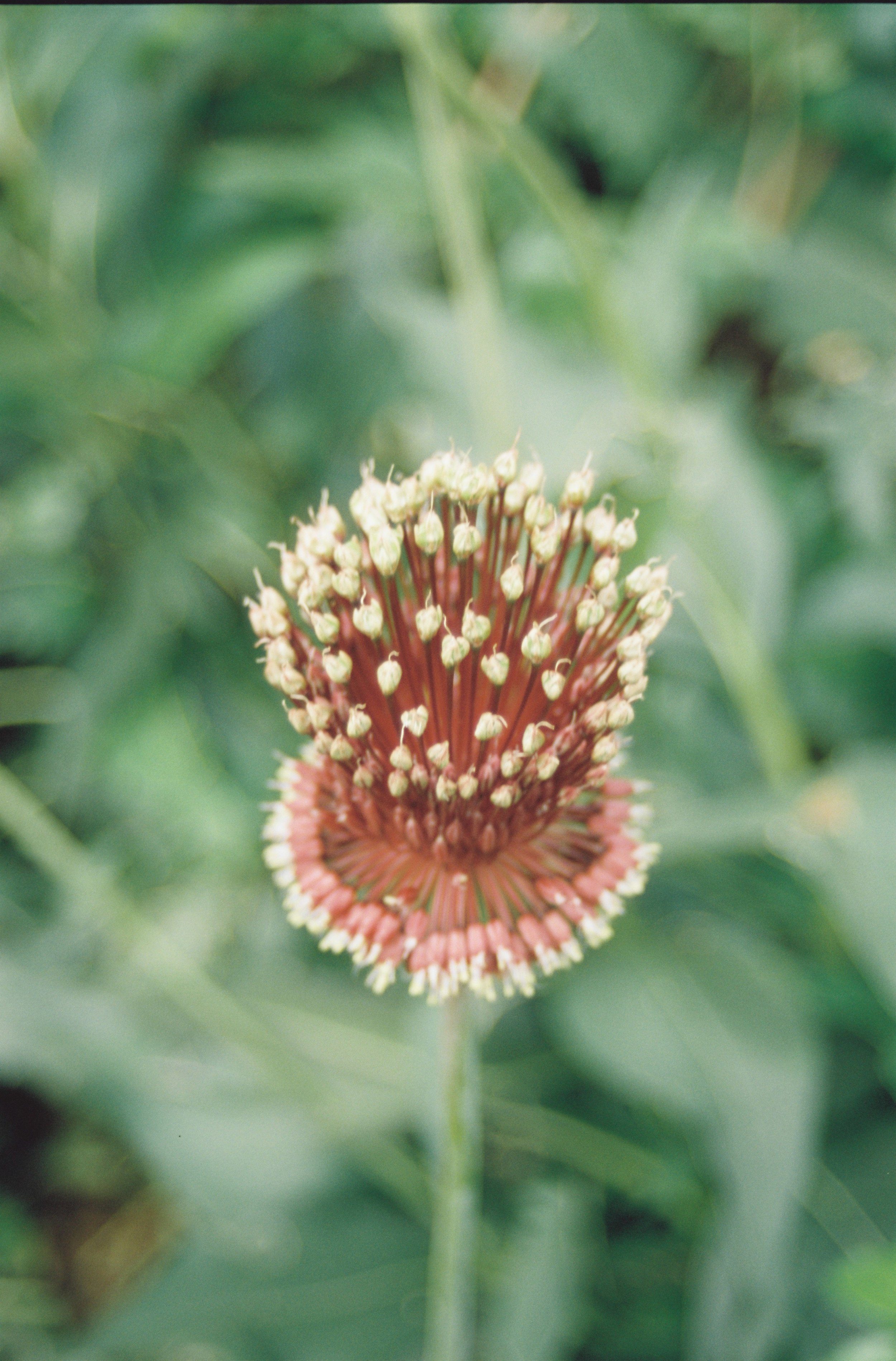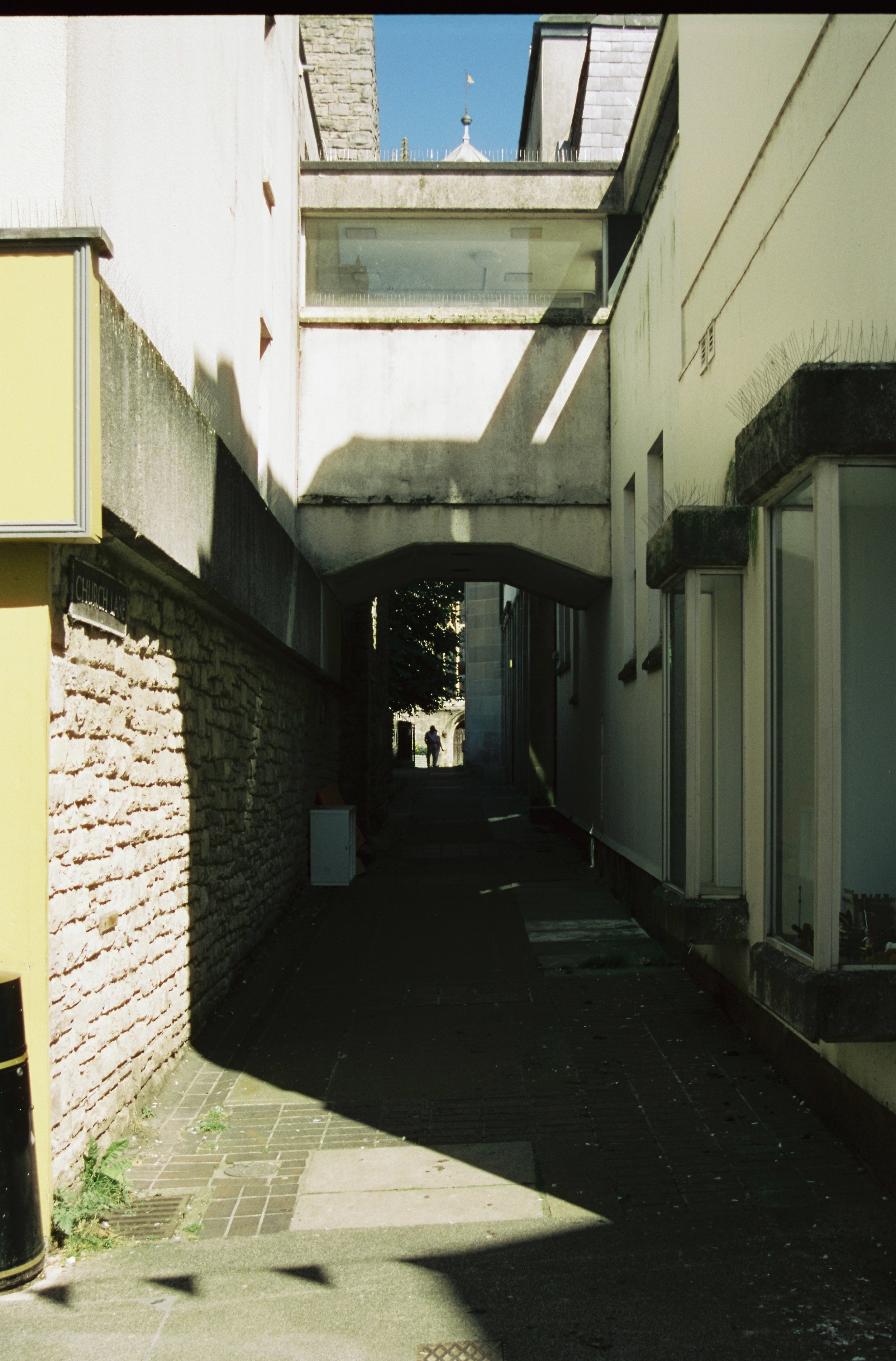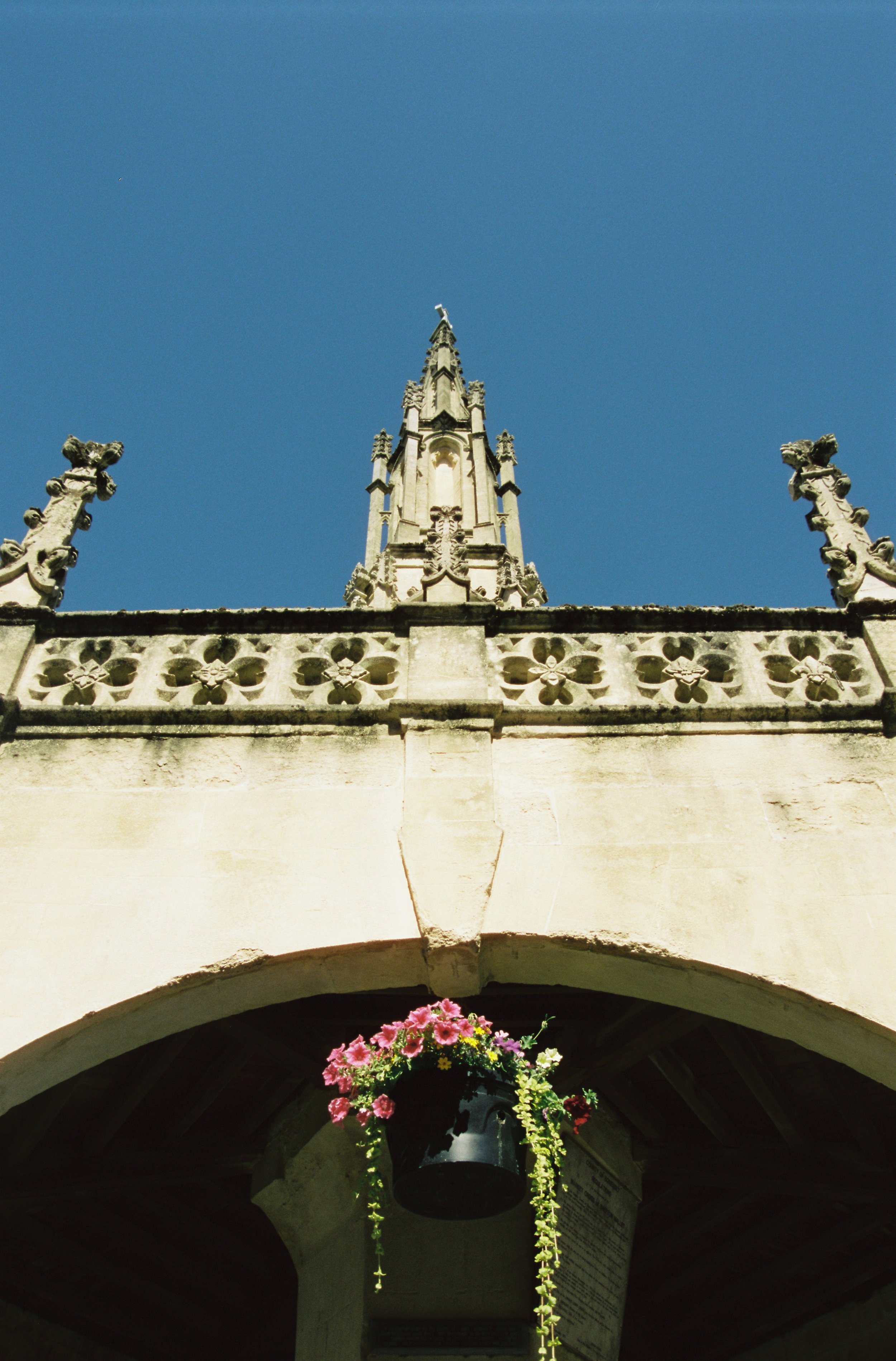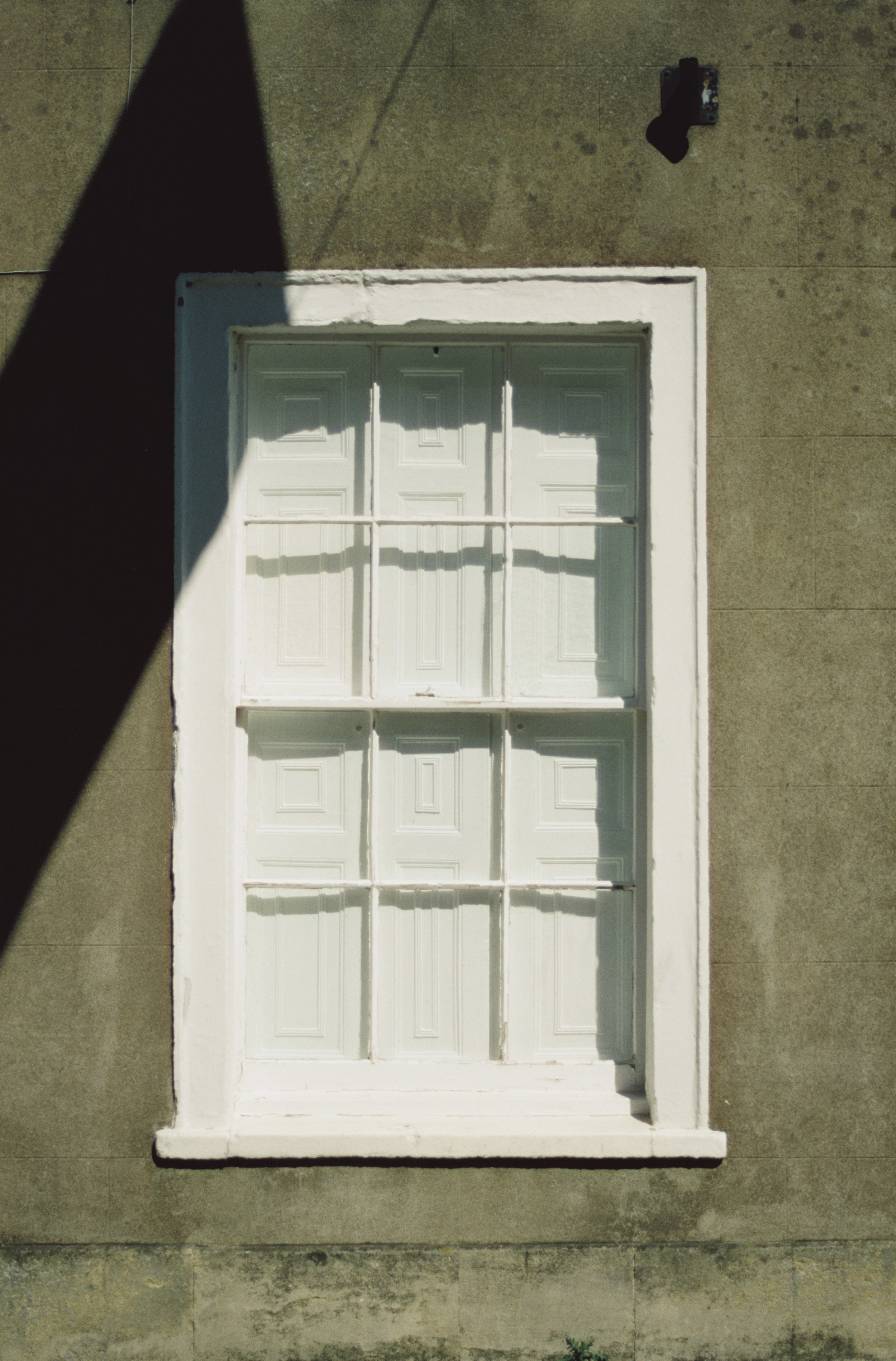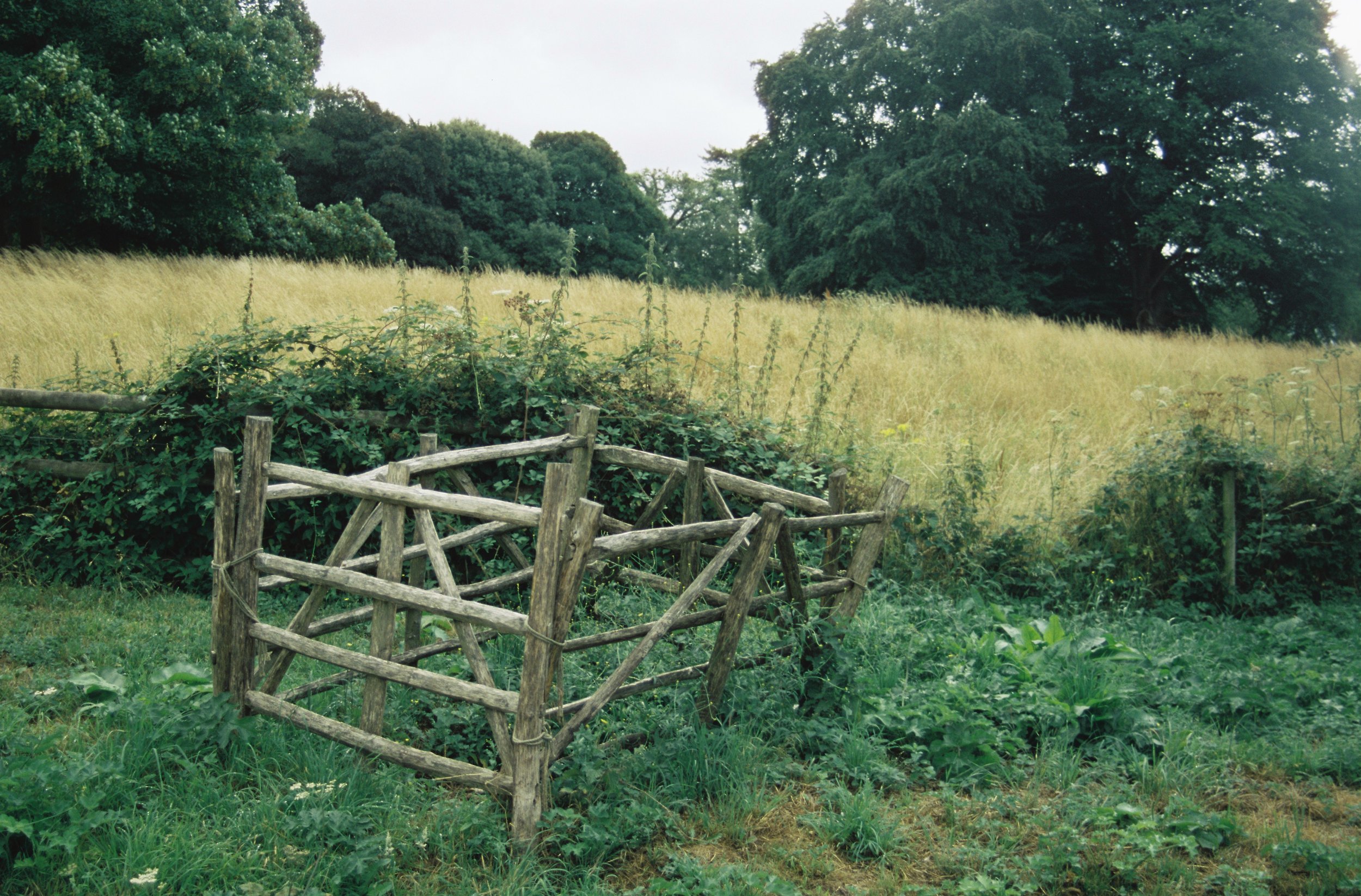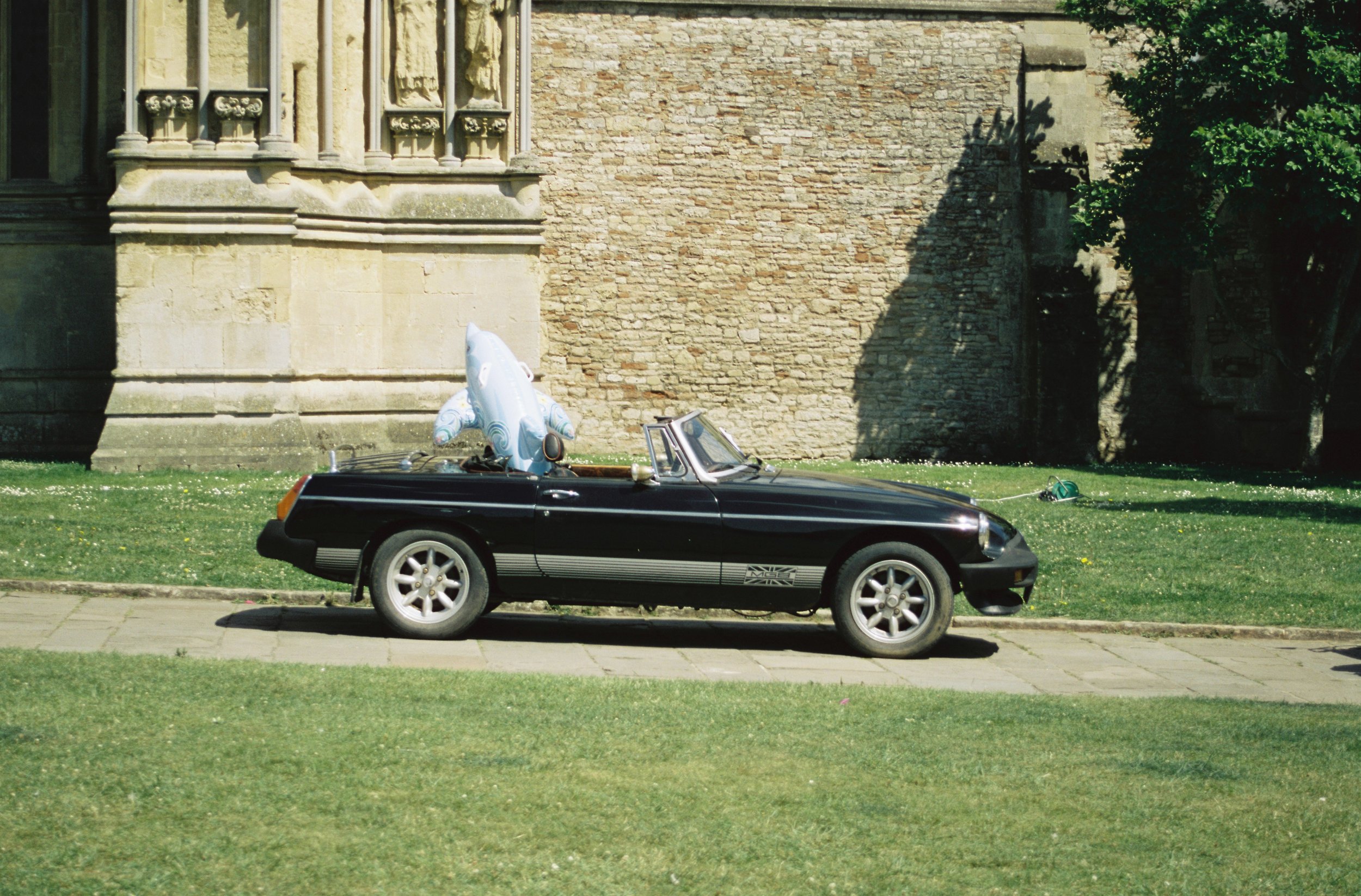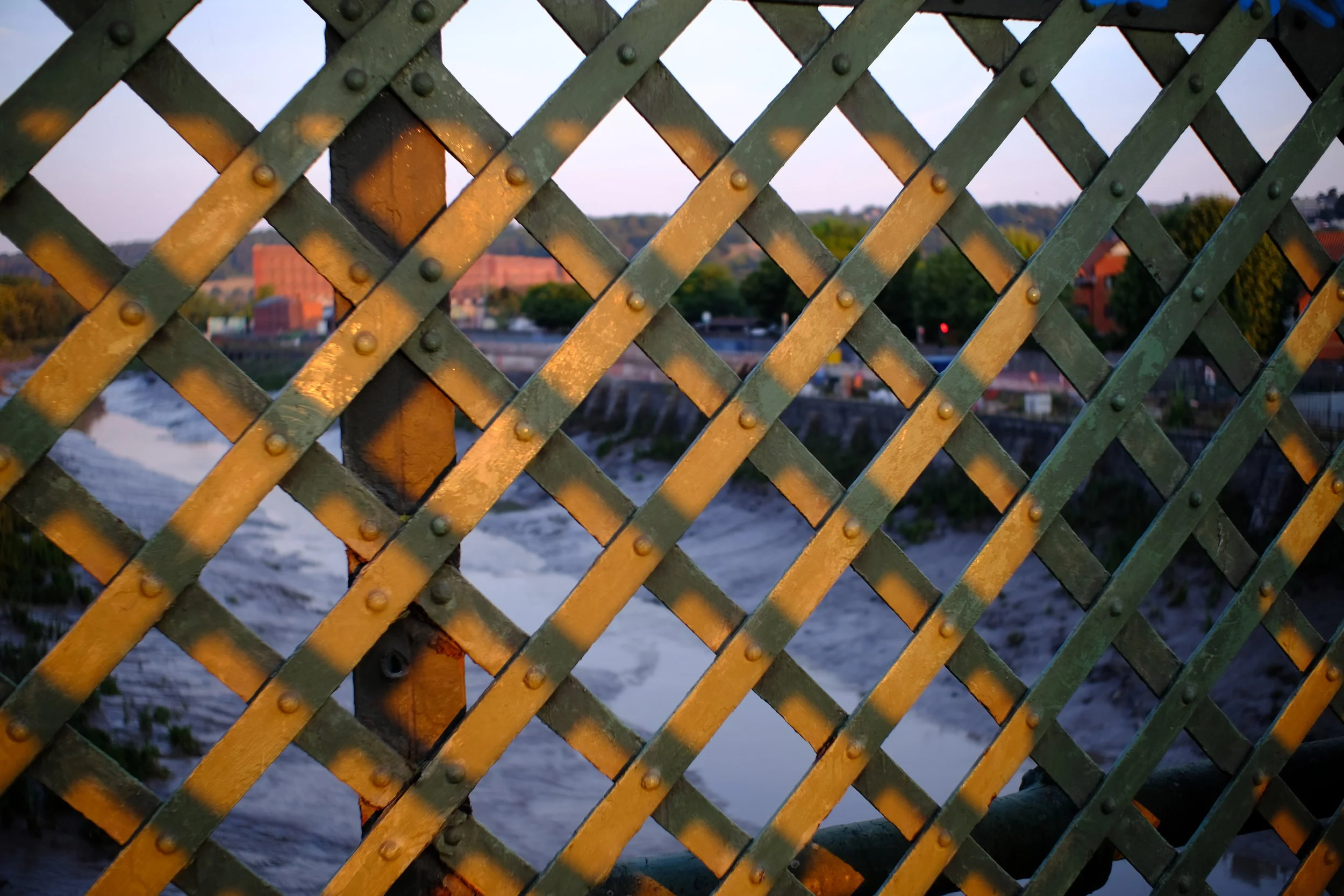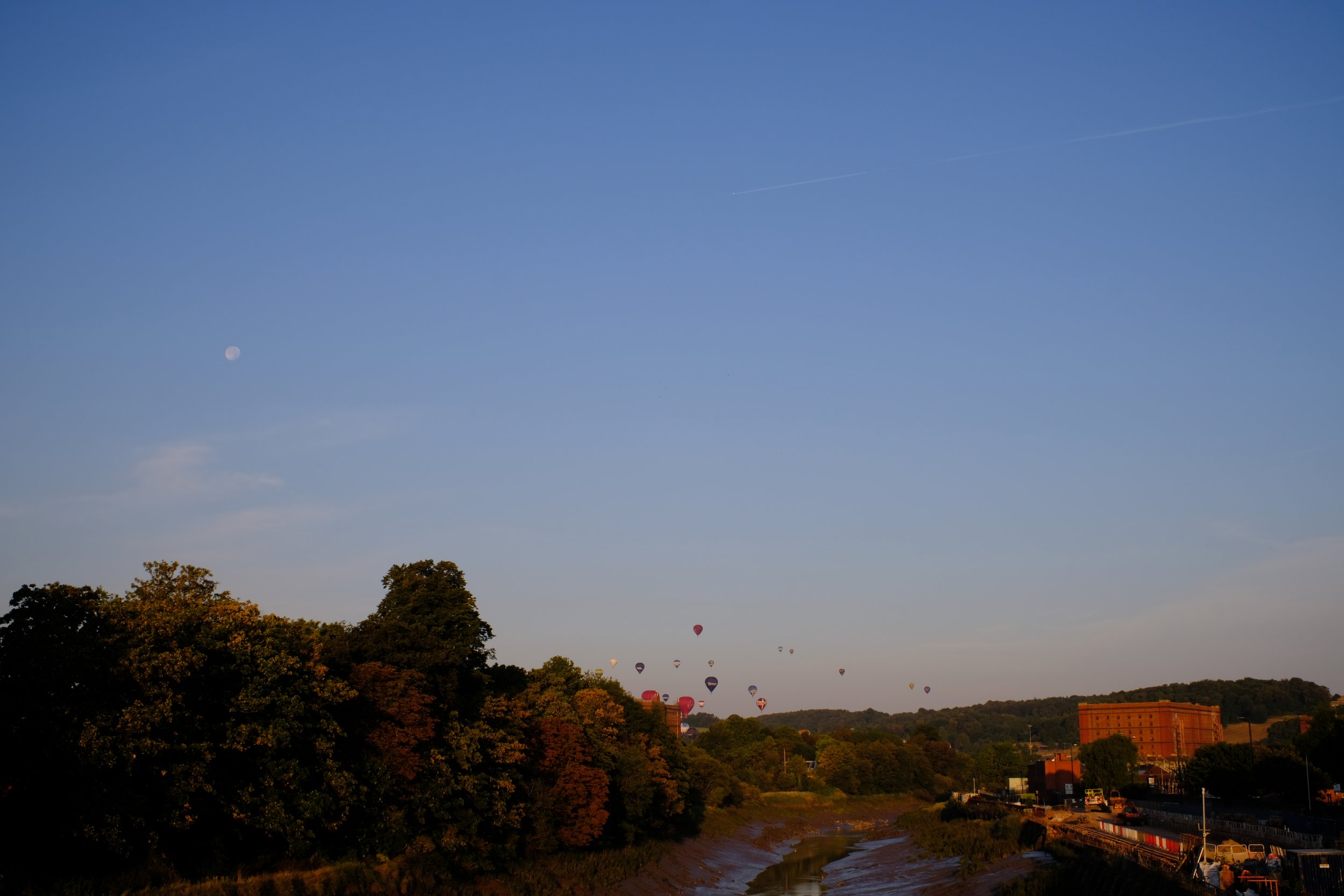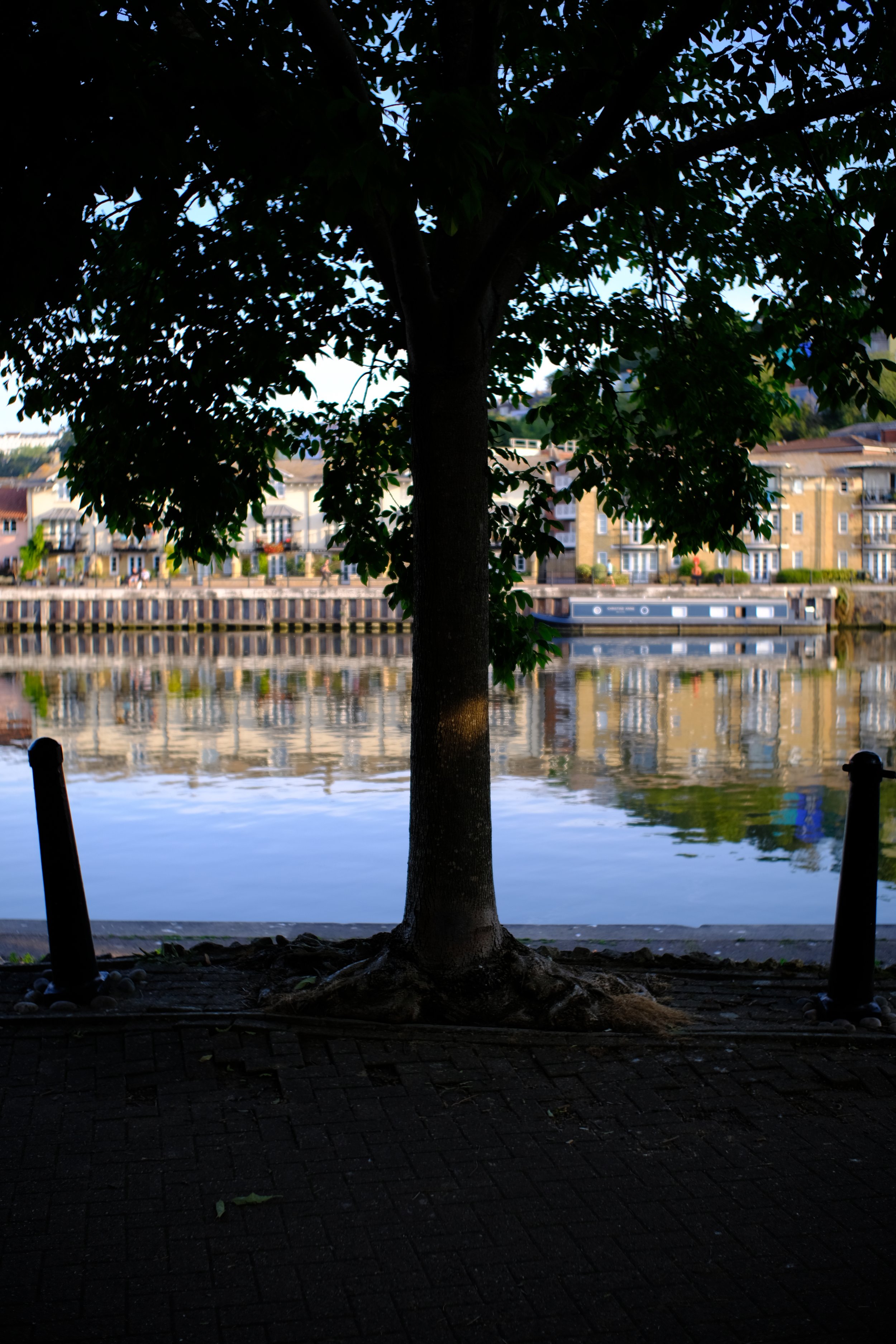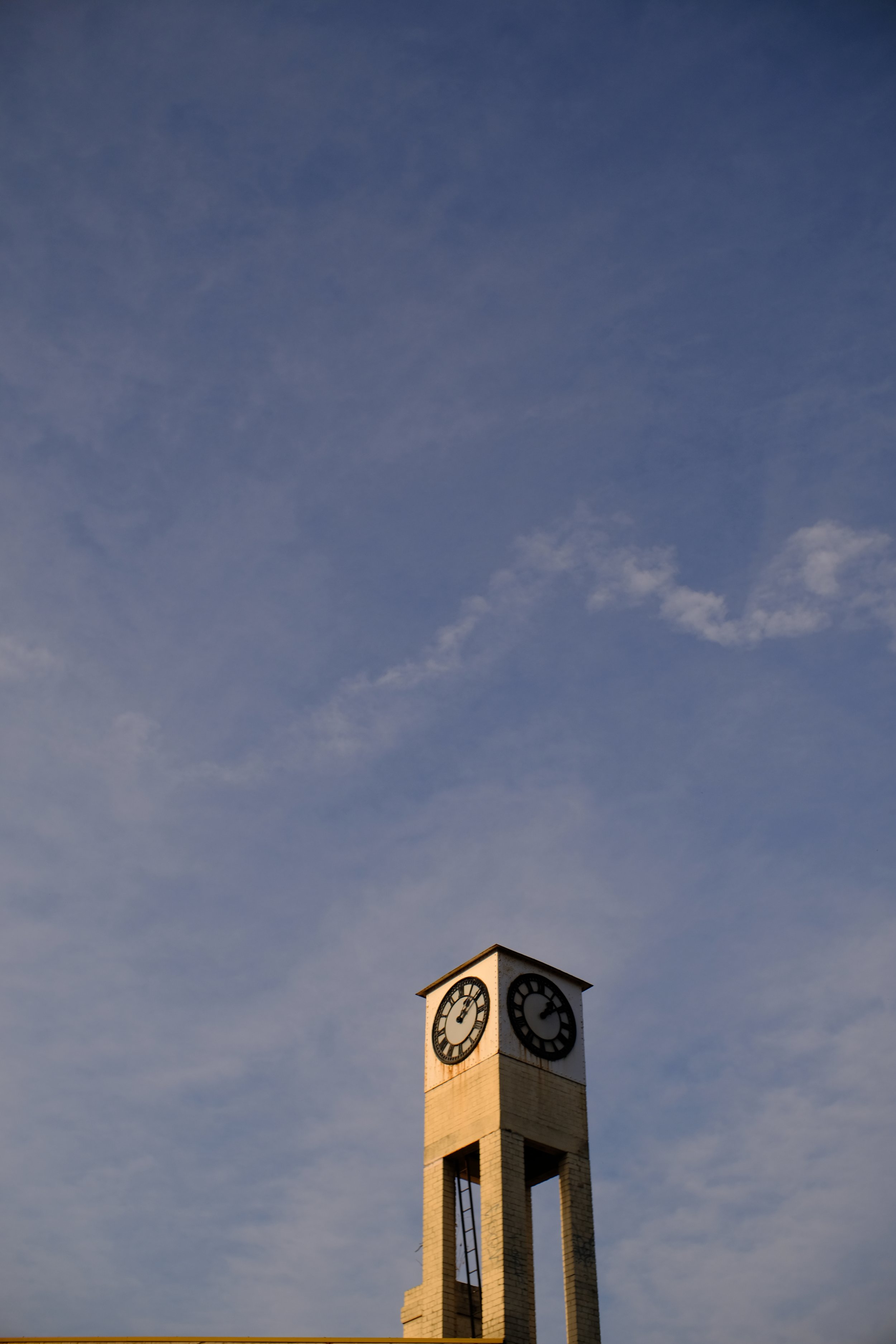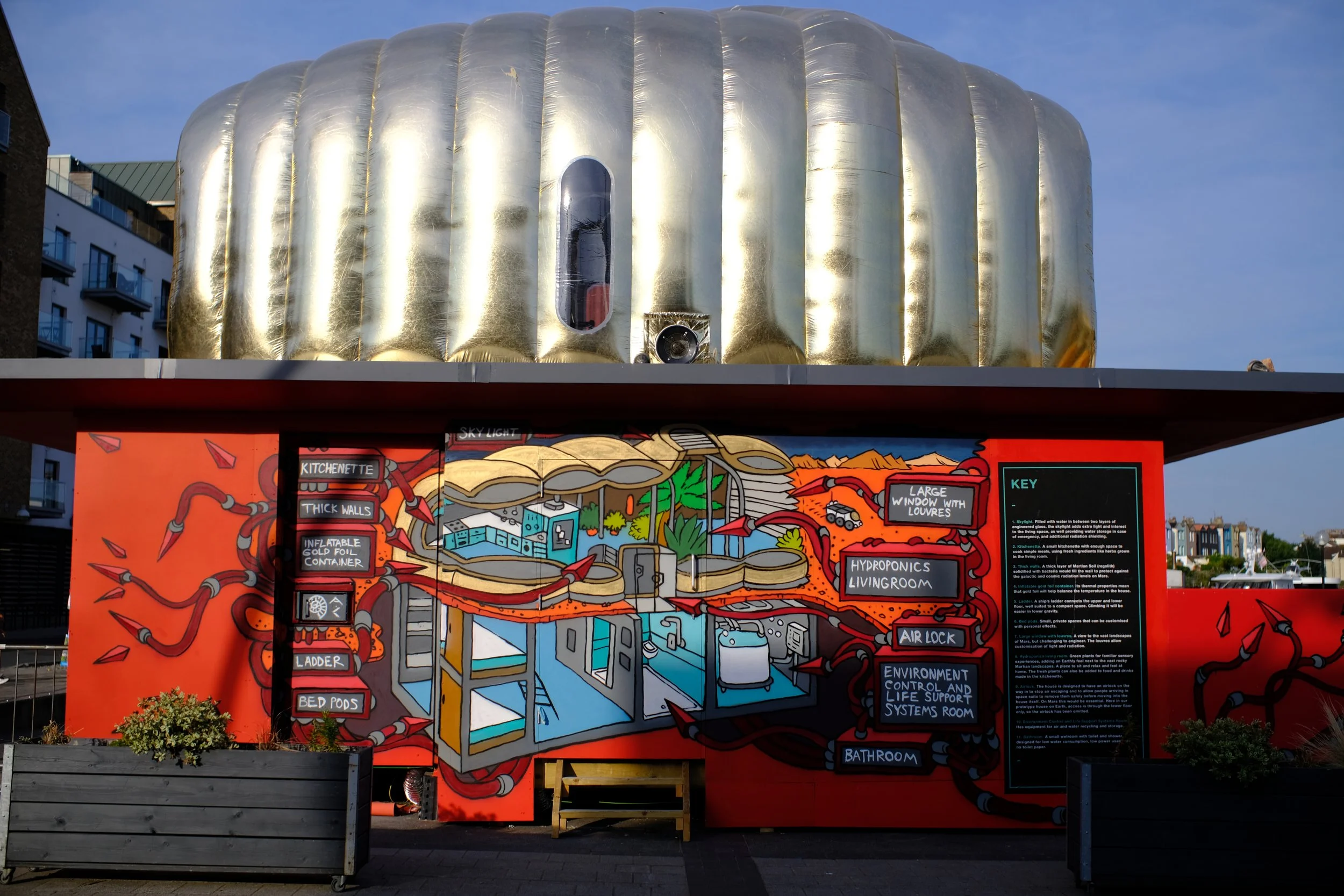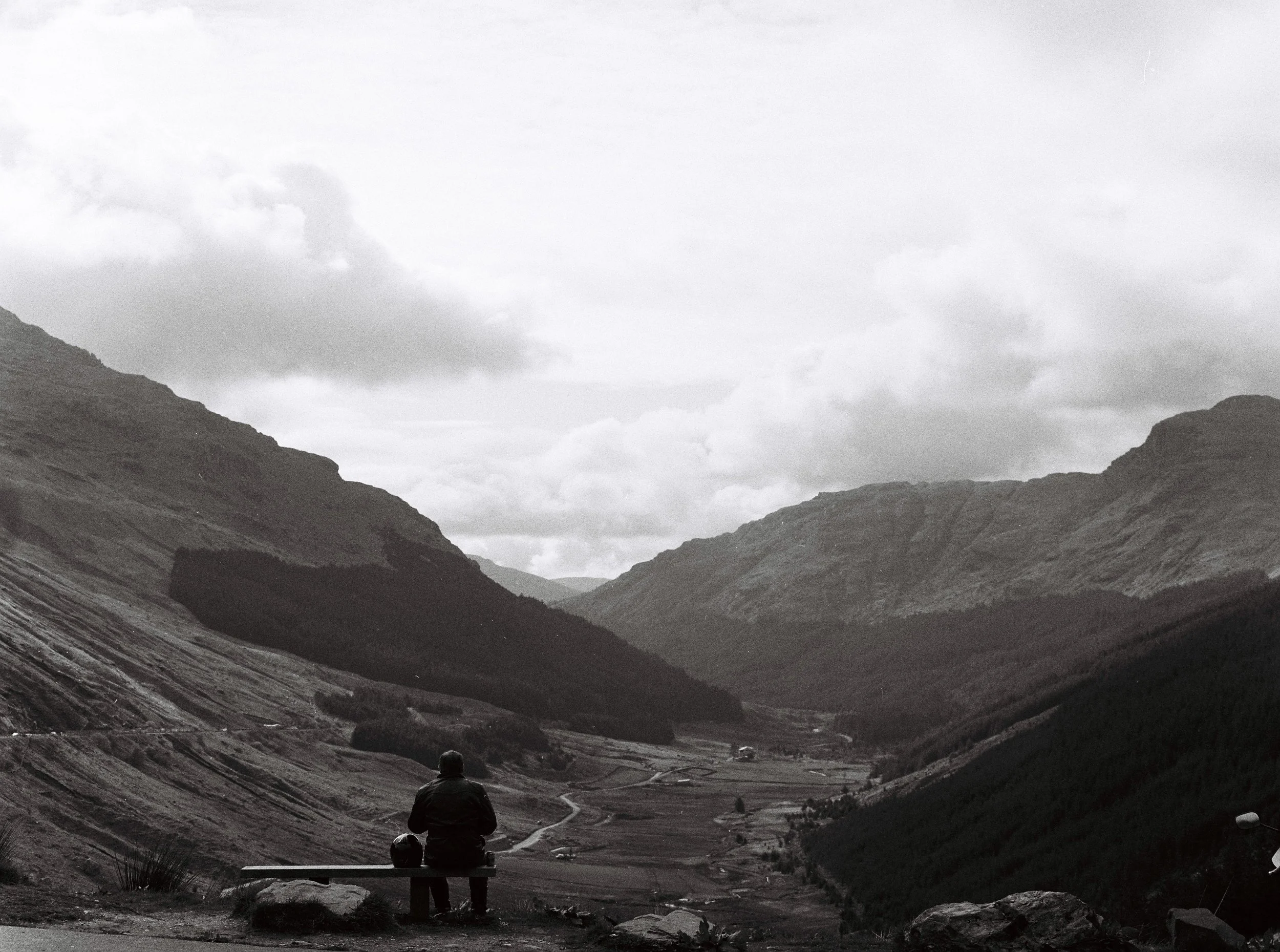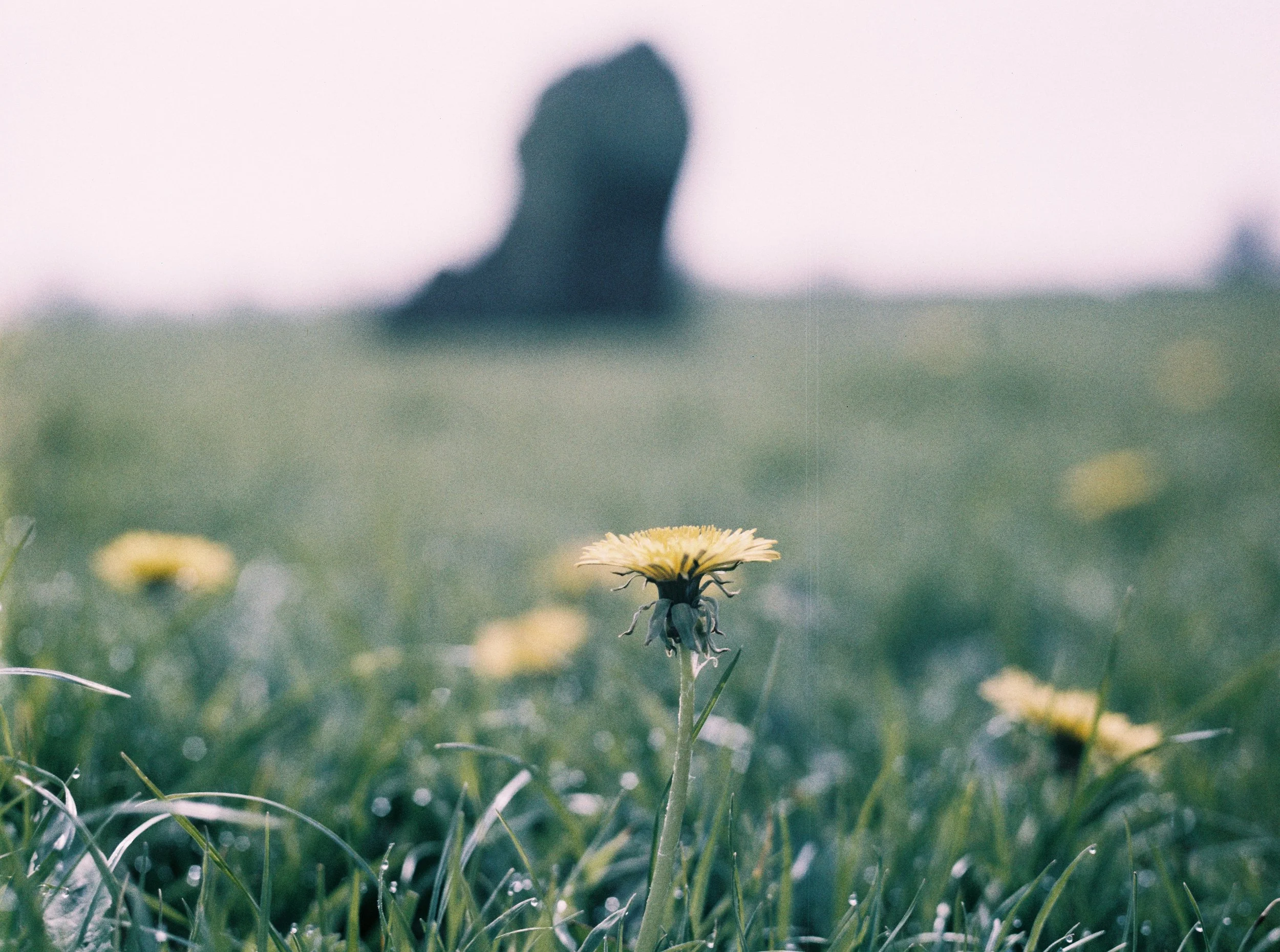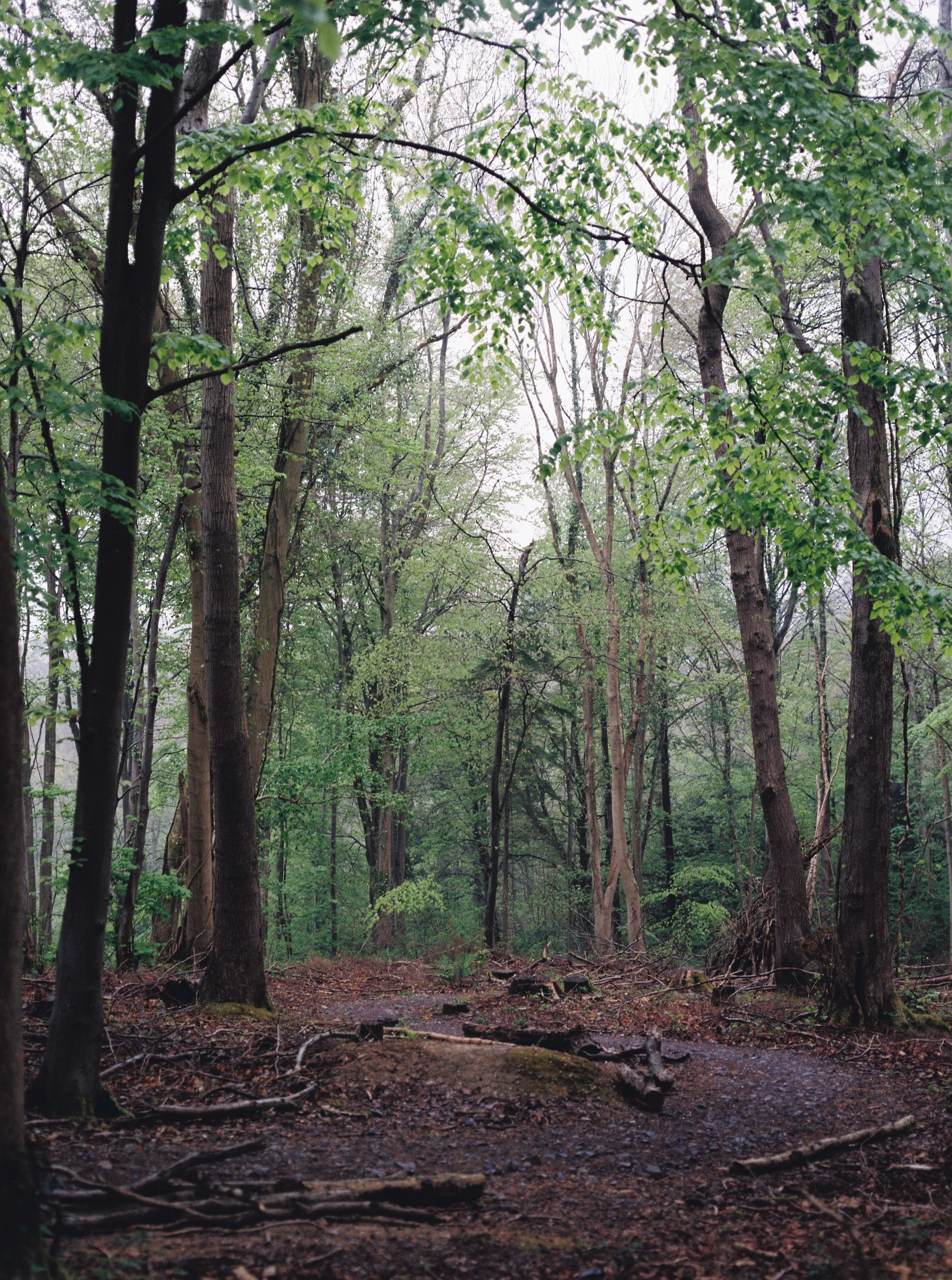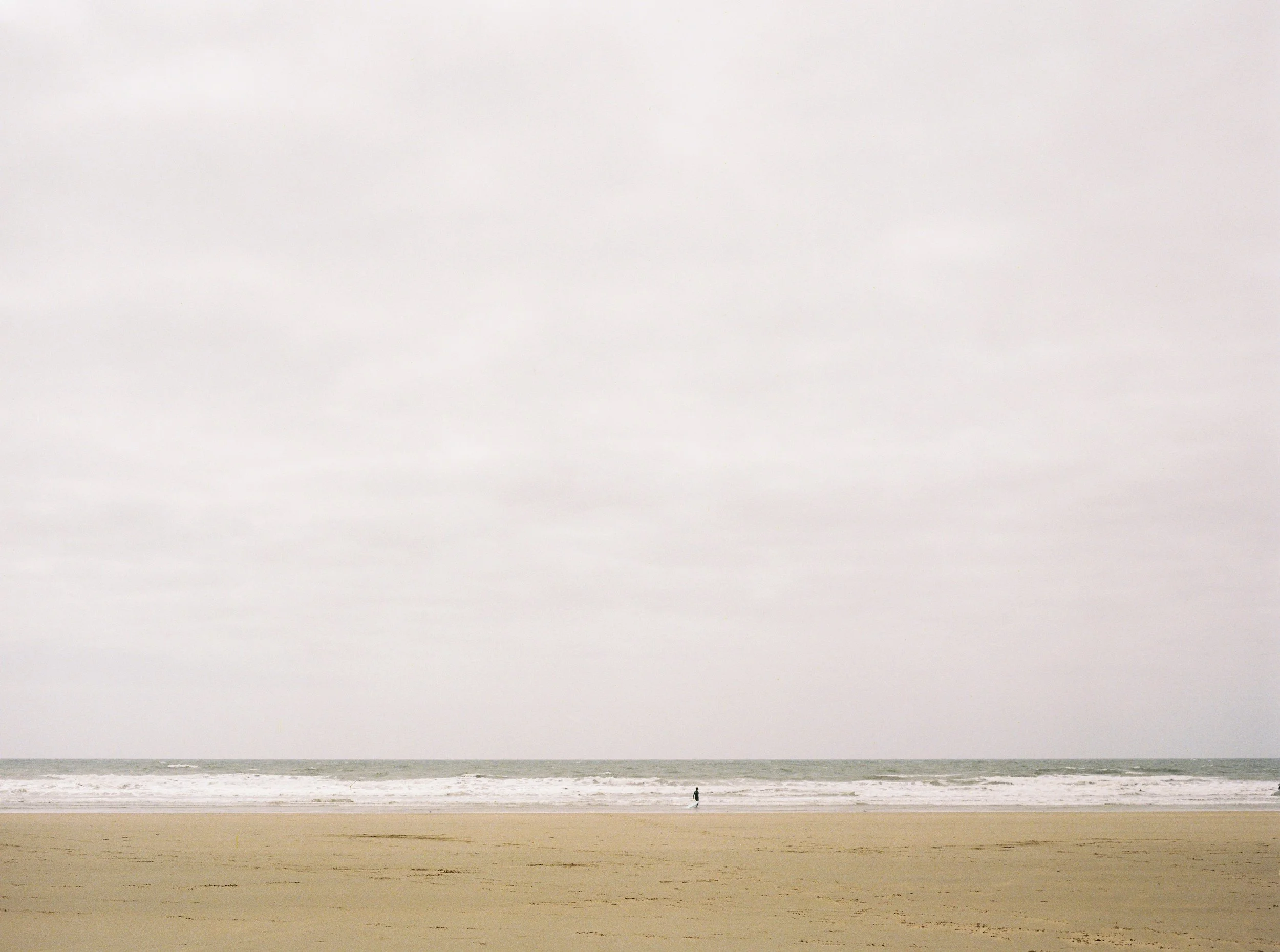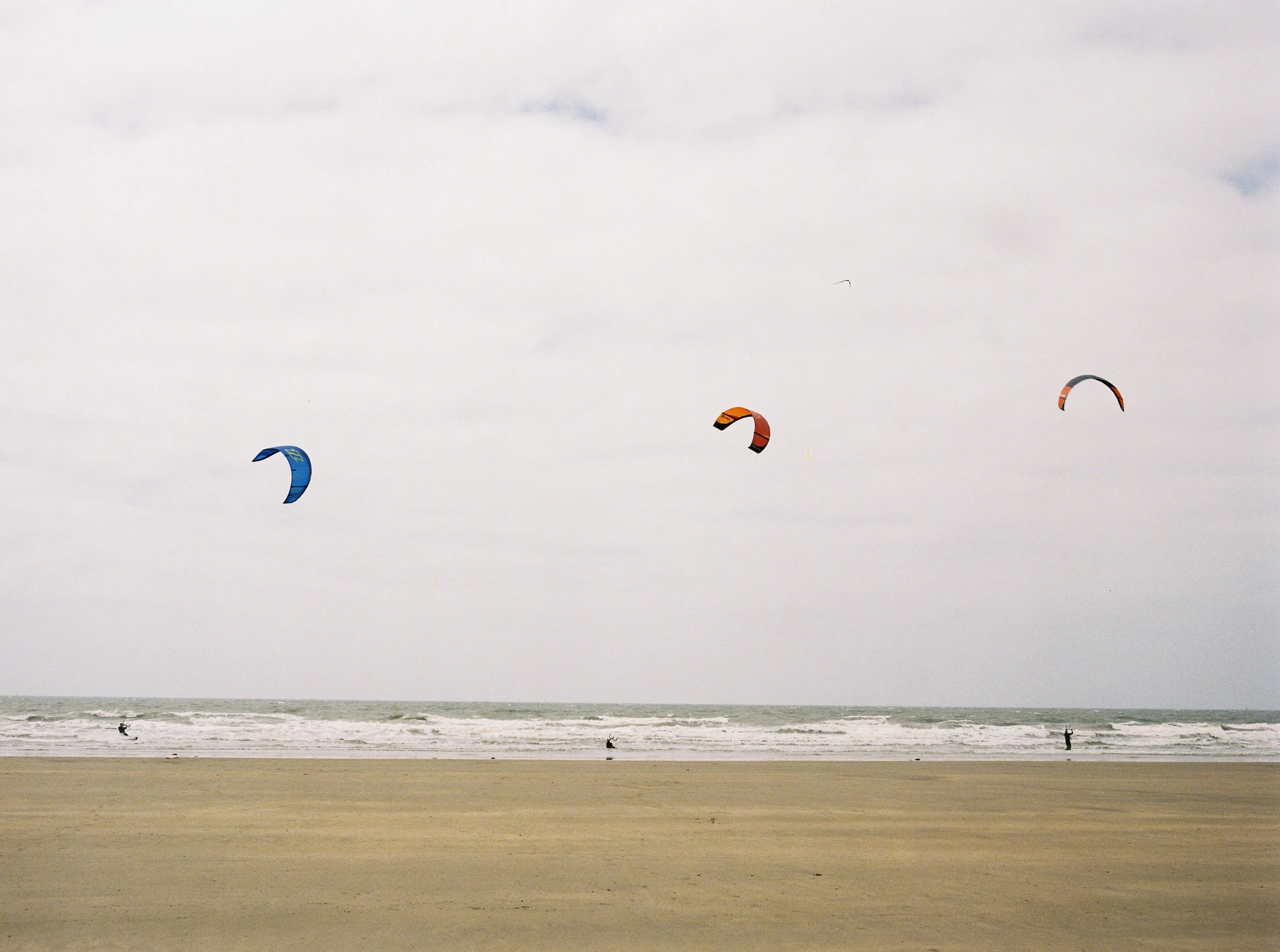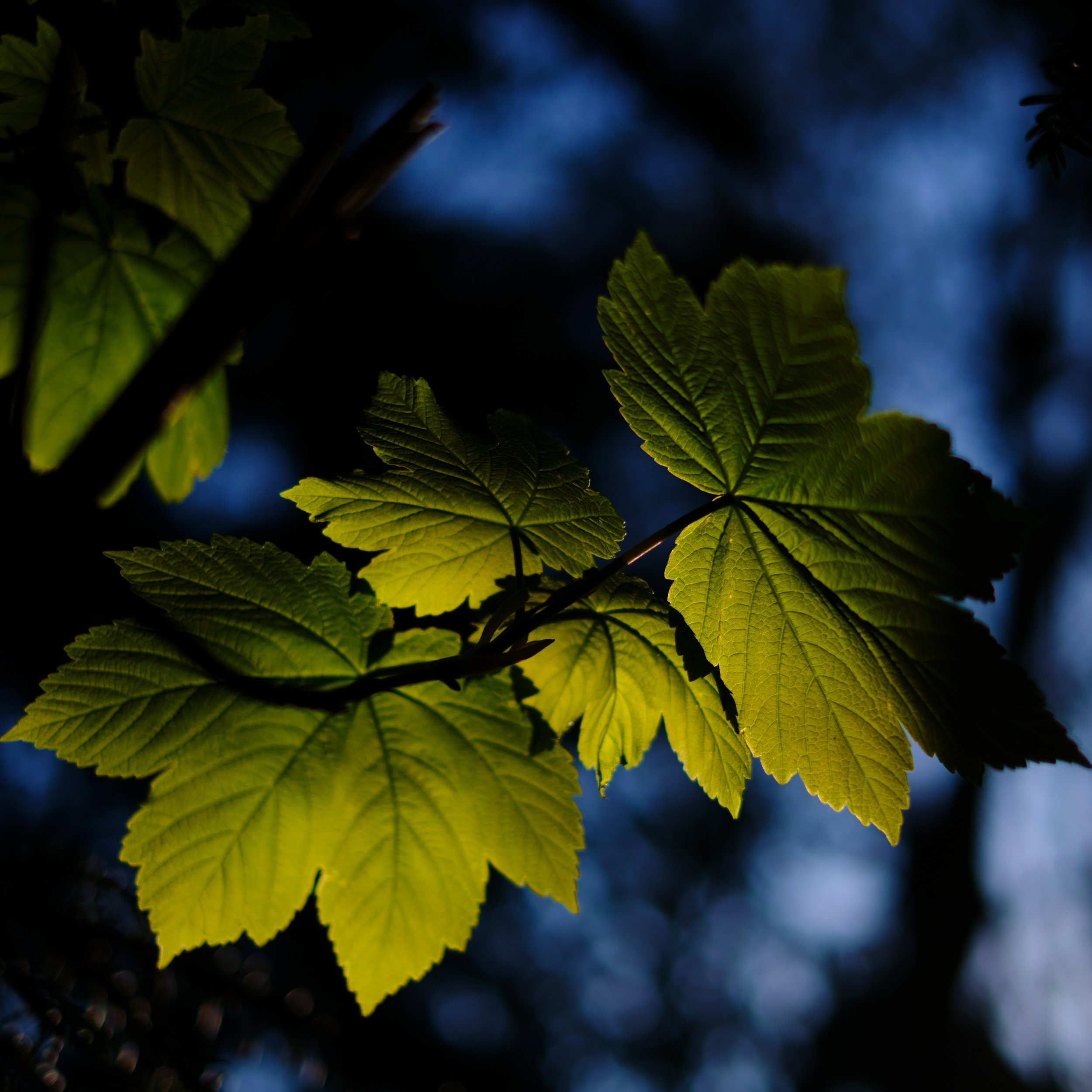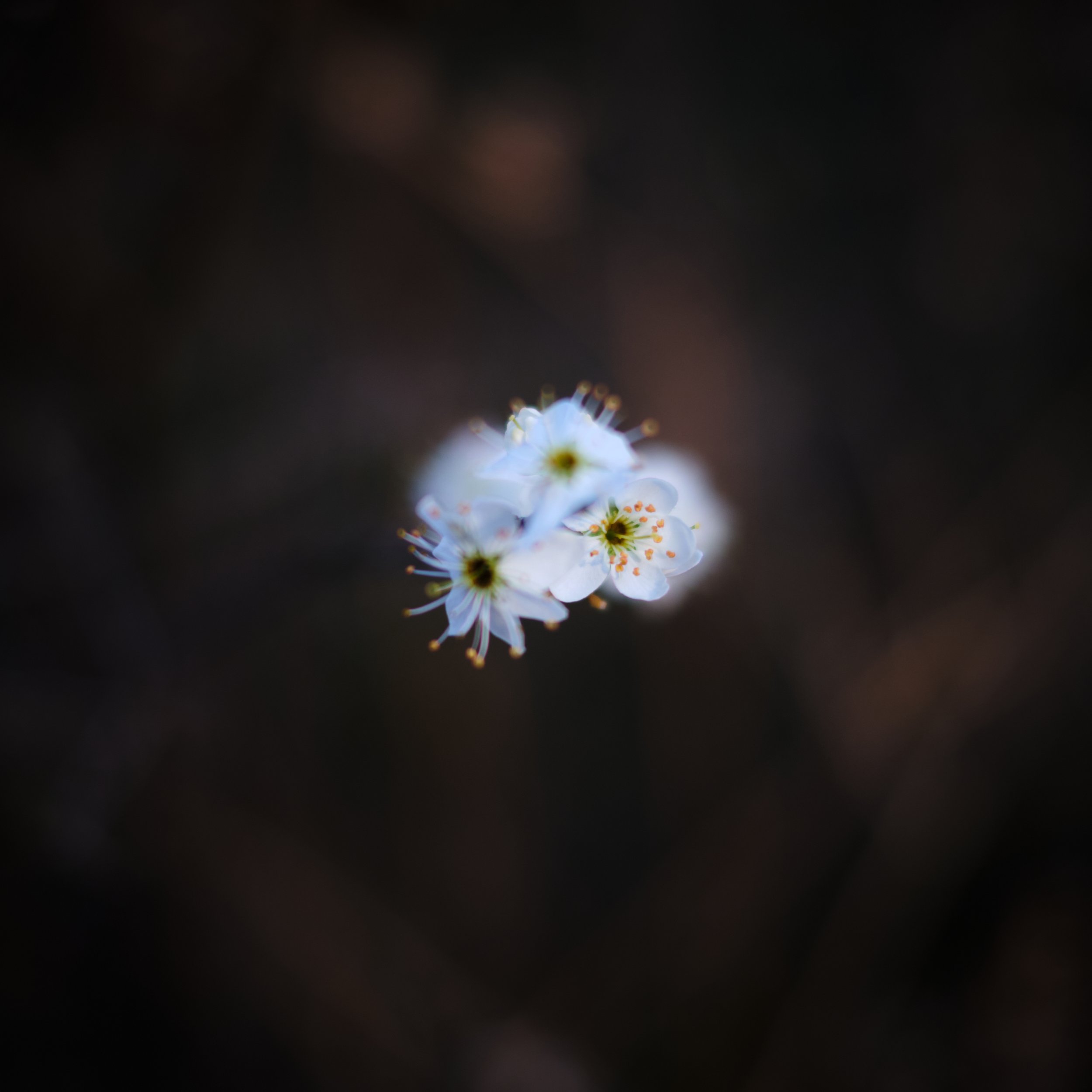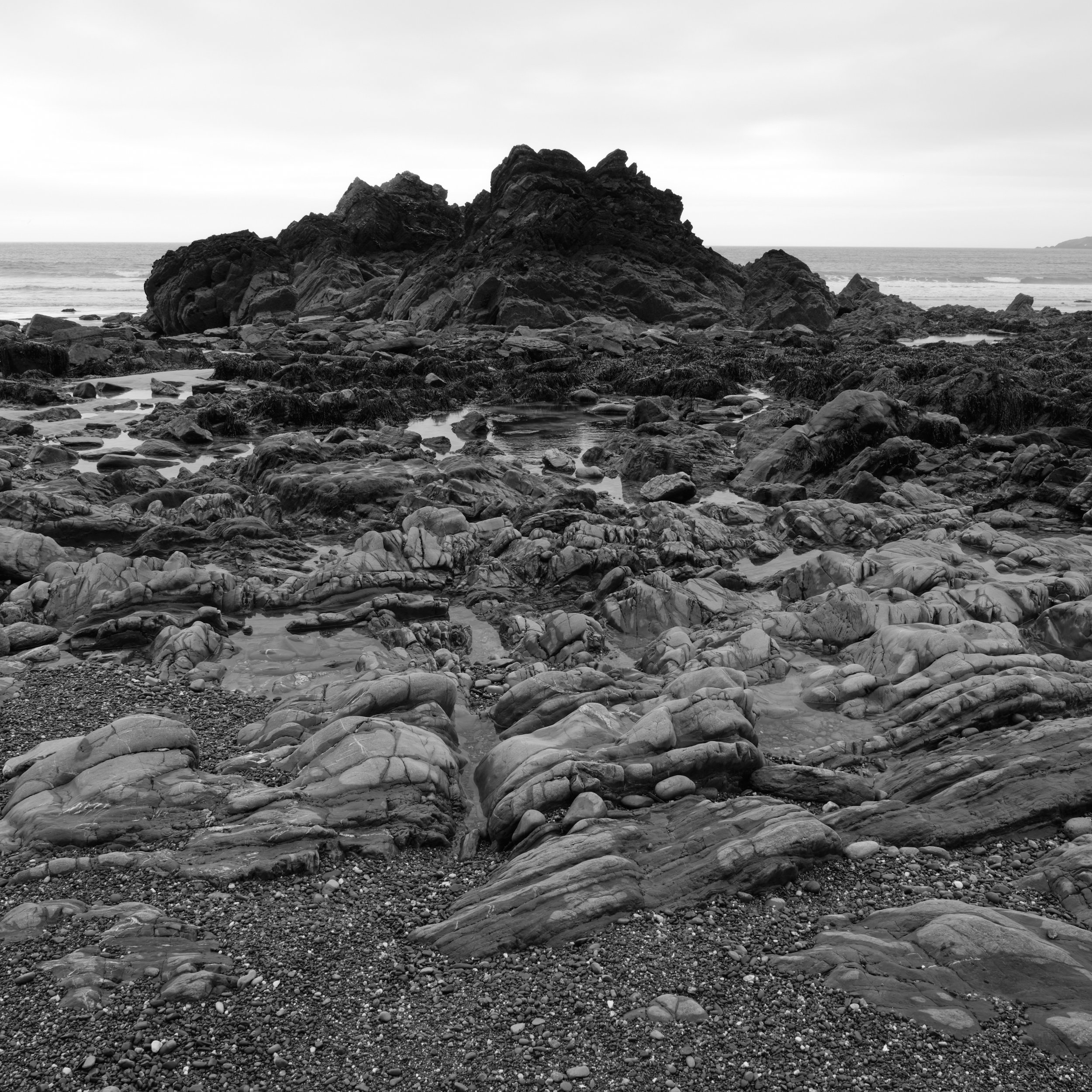I have been quite poor at processing photographs from excursions in a remotely timely manner. The surfing photos were taken from a lay-by high up a headland where I camped out in the van for the night whilst the shots of beach walkers were taken, well, from the beach. Glorious and a fun couple of days away.
Ethereal
The other day I was lying on my sofa, deep into the book I was reading when I glanced up and became somewhat entranced by the smoke rising and swirling from my incense stick.
Two days later, at a ridiculously early hour to ensure proper darkness and having jury-rigged a black backdrop using a tuareg headscarf, I placed my incense stick over a light tablet and started taking photos. And I am really pleased with the results, to the point I had so many interesting images it was hard to choose what to edit and show.
Minimally edited, mostly around the cropping.
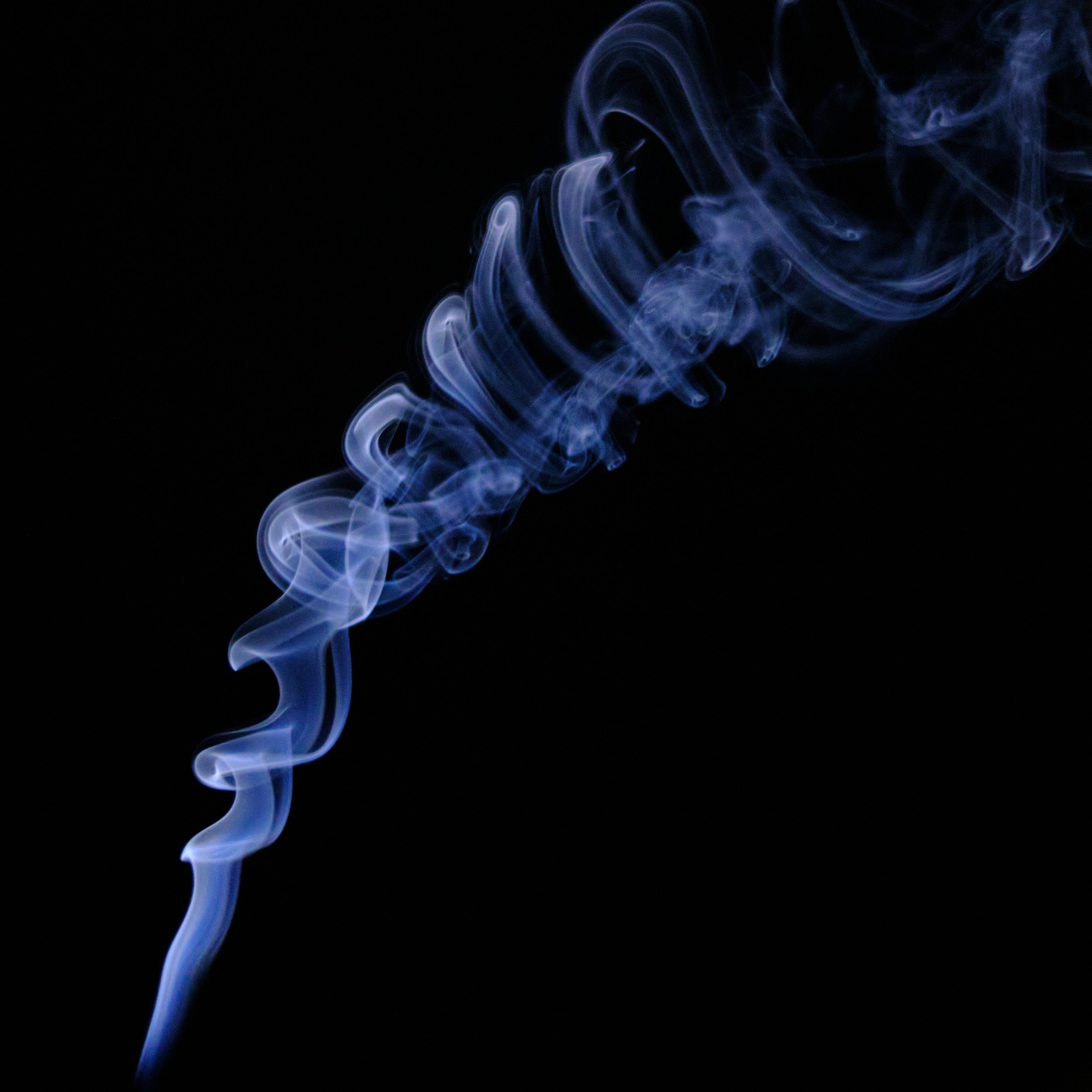
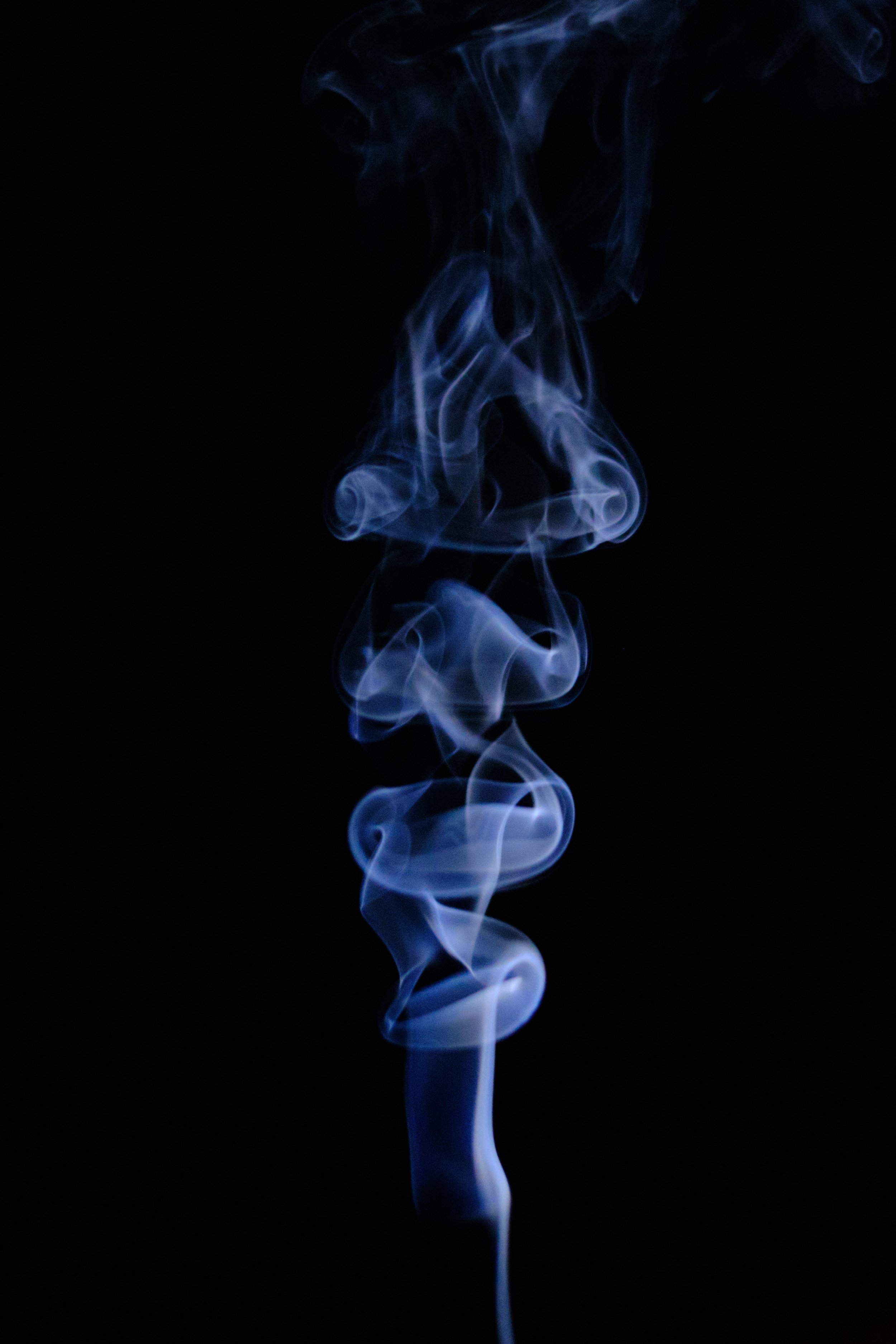
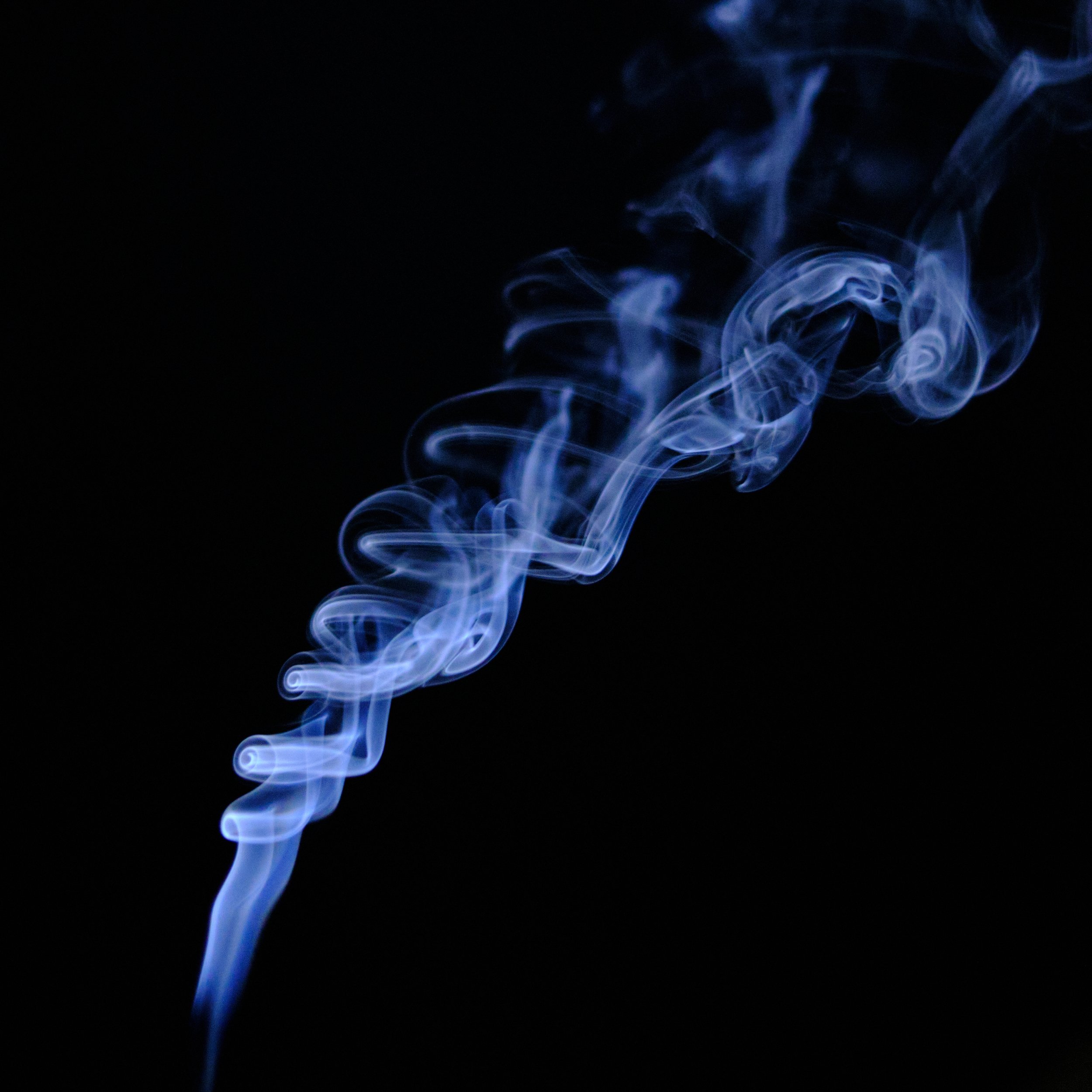

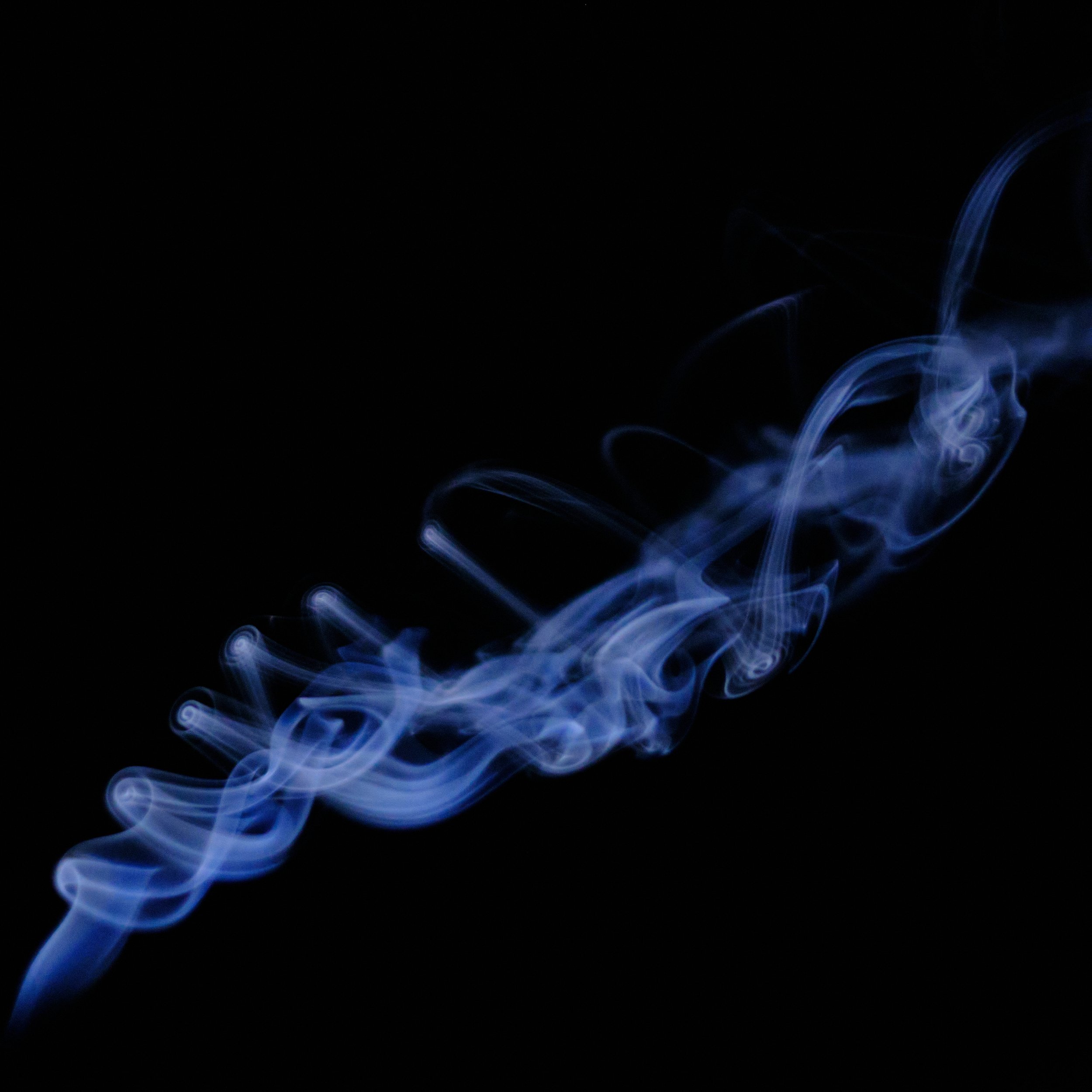
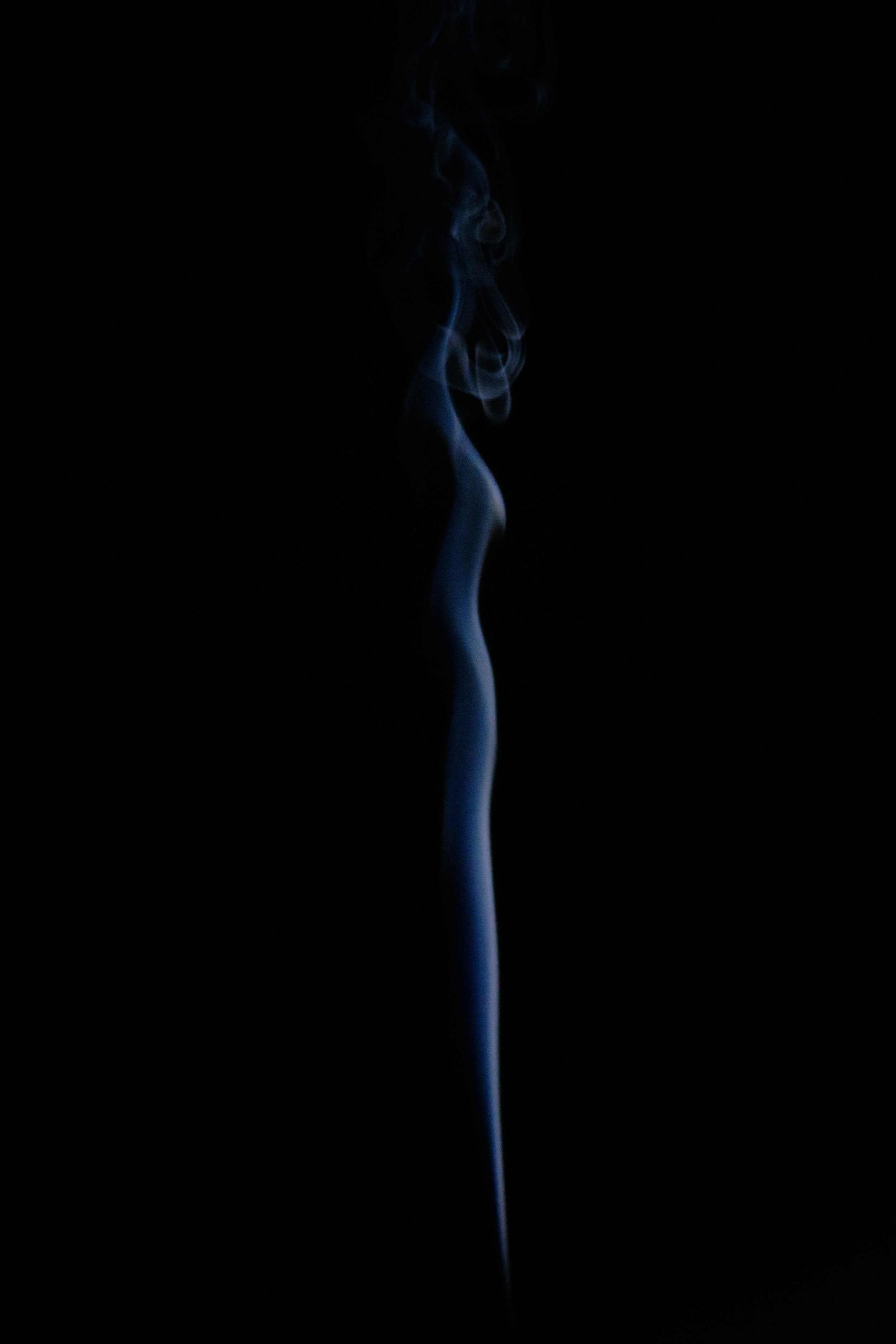
Oh, and I took a photo of the moon, handheld, through my apartment window.
Doing it differently
As I have mentioned below I have started using the VERO platform to share my images, and like all sensible people it is a mix of ‘greatest hits’ and those that I just really like (your personal mileage may vary).
And it has been odd; wrung with elements of nostalgia (a number of those images harken back to emotionally significant times), contemplation and a clearer view on what I would do differently if I was shooting the scene now.
There is no doubt that the way I shoot now, along with my personal style, has changed and evolved over the years. I have a better idea of what I am looking for and what works (for me anyway) in a composition. In many ways I try less hard, and simply try better.
Photography, on a macro and micro scales, is endlessly evolving. New rules, old rules, smash the rules, subvert the rules, develop a distinctive style, focus on a theme, project or subject, etcetera, etc. And it becomes more complex as you progress, with more nuance, more consideration and more to worry about. And some of that progression can lead you right into a rut, because what you do works for you, works for Instagram or VERO or YouTube or whatever the audience or medium is.
So there are two questions that have arisen for me out of this last few days; how would I do something differently if I went back, and what would I do differently now?
The first is, I guess, looking at the tension between what you have done in the past and what you know now, both artistically and technically, and the second is about continuing to evolve and change in new directions in the present.
Looking at previous images I have stopped wincing a little at them in comparison to what I, and others (we’re all susceptible to that comparison) are taking now, and I am simply viewing them with pleasure, and a little thought. I love that image but how would i do it differently?
Looking at my current imagery, the thought process isn’t a clinical one, but centres itself around enjoyment (if I am not enjoying the process then why do it) and experimentation. Sometimes this involves looking at what other people are doing technique-wise and seeing how you can apply it to what you are doing. Stealing techniques and ideas from other people is, for me anyway, fine as long as it about growing your skillset and understanding and not a cynical cash grab.
This last year I have gone through real ups and downs with my photography, which is partially linked to other factors but also seated in a deep, hard-to-define dissatisfaction with what I am doing, how I am doing it and the results arising out of it. Some day I will go out and shoot nothing of consequence and enjoy the experience, other days it’s just an emotional and inspirational shit-show.
So… do something different. Take portraits instead of landscapes, candids instead of formal, street instead of architecture, smear that lens with Vick’s, take that GoPro under the sea, take photos of seabirds whilst standing on a headline naked (don’t do that). You might hate the experience, or find it excruciating or complex or humbling, but it may make you appreciate what you already do all the more, or take you on a different photographic adventure altogether.
Technique vs Story
I am not technical photographer. I confirm this every time I watch a video by Thomas Heaton or Courtney Victoria or Gavin Hardcastle. I am a run and gun type of phoptographer. I get in, work a scene at a pace and then move on. I don’t plan excursions around a particular location at a particular time, and if I do, it is with the vaguest notion of both.
That’s not to say that I have a problem with the meticulous craft of many a landscape or portrait photographer. I have nothing but the utmost admiration for the patience, care and consideration they show to each shot. And they definitely fulfil both sides of the coin outlined below.
I am not that patient.
Not even remotely.
It does bring to mind a debate I have been having, both internally and with interested others, around the tension between technical proficiency and storytelling impact. An ideal, of course, is an element of both.
I have seen many photographs that are technically wonderful and beautiful but absolutely leave me cold (Ansel Adams being a prime example of this for me). And then are many photographers who make images that are less technically proficient but manage to convert story and emotion almost effortlessly.
As photographers I think, utter generalisation alert, there is a tendency to an obsession with the former rather than the later. We pore over sharpness edge to edge, pixel peek image quality across the image, obsess over this minor advantage of that technique over this one. It is profoundly tiring for someone like myself, who is primarily interested in the stories that a photograph is trying to tell.
I remember speaking to a friend and fellow photographer (he taught me), many years ago about a gallery event he attended. His response, with some residual consternation, was ‘well, José, they were photos I would have thrown in the bin’.
And I think that is the point. One person’s bin worthy efforts are another’s creative masterpieces. For me technique does not over-rule the story, but is there to support and enhance it. And sometimes that requires technically perfect photography and sometimes it requires a blurry experimental mess (Courtney Victora does this thing in a recent video where she moved the camera as she was taking a photo of some trees and it was wonderful).
I am very much in the story camp, although I absolutely still try to pay mind to the technical side. I like lenses and film with character, I like constraints and limitations. I like that, if I get it right, they can add to the story. I am an ill-disciplined, impatient and opportunistic photographer. No, really.
On the flip side, there are so many benefits to being more technically proficient (and patient and considered), not least that it adds more weapons to the armoury, so to speak. So I have bought a proper tripod with the aim of slowing down a bit and getting better at thinking about what is in front of me. It is always good to evolve.
Thoughts on VERO, an Instagram replacement
It is no great secret that people, photographers especially, are dissatisfied with the current state of Instagram. Although it is much, much better on desktop, the mobile app generally fills my feed with ads and suggested accounts. If I want to see posts from the people I follow… well, that’s a fun experience.
So… VERO. Like a number of IG photographers, and after some reading around, I made the jump to it, and here are my initial thoughts.
I like it. But there are considerations.
The app itself, desktop and mobile, is excellent. It is clean and easy to use, and the act of posting photographs, etc, is really, really slick. So much more so that the IG. Having the desktop capability is so much more engaging, enabling more flexibility in creating posts. I am not good at putting narrative to photographs on a small screen.
There are a number of functions that I really like. You can control the audience, ranging from close friends to public posting (sort of like the Google Plus circles, if you remember that platform). The pictures are full format, landscape or portrait, with multiple photographs allowed and no restrictions (again a plus over IG). You can hashtag away to your heart’s content, although I have yet to work how to follow a hashtag.
I also like how you can categorise your posts, tailoring them towards photography or books or whatever. This is much more organised than IG, allowing for a more selective feed and a more discerning posting strategy.
The discovery platform is good, searching is again clean and easy, and notifications/DMs are likewise excellent. Oh and you can post links to websites outside of VERO, unlike IG.
And no ads, or suggested posts, filling your feed with unwanted crap. That’s a massive plus.
All in all, now that I am starting to find my feet with the platform and the audience, such that it is, I am really enjoying posting photographs again.
What are the considerations?
As a photographer, and as a nascent platform, it does very much feel that my audience is primarily one made up of photographers, and not the general wider public with a range of interests. An audience of my peers, so to speak, most of whom appear to be insanely more talented than I. But that, whilst intimidating, is also an inspiration. Some of those photos…
The app is currently free, although there will be a subscription fee at some point in the future. If you sign up before then (well, now) you will be considered a ‘founder’ and will be subscription free for the lifetime of your membership. Which is kinda cool.
I don’t have any friends on the platform (yet, hopefully) and whilst the infrastructure is there to have a clean and flexible approach to posting to different audience groups (I cannot emphasise how much I like this aspect of the platform) it does feel like there is a lack of critical mass, although I am sure this will come.
That has always been the main hurdle for any platform - that of critical mass, simply having enough people and enough engagement for the users to feel it is worthwhile making the effort to post. Many platforms have fallen by the wayside because of the above, but it feels like VERO is on the cusp of punching through that barrier. There have been many big names, from all creative industries, jumping into VERO and that in itself creates an inertia and a pull.
I suspect that I will continue using VERO - I enjoy the experience and the lack of constraints helps immensely. The community seems nice, engaged and interested, from the comments I have seen on other posts. There does seem to be a bit of the follow-you-follow-me-unfollow shenanigans, understandable if a bit naughty and not something I can be arsed with. As for IG, well, until the majority of my friends jump across I think I will continue to use it for generic stuff.
So VERO - thumbs up? Yes, but with a little way to go for a double thumbs up.
A Generic Photographer
I am a generic, non-specific, photographer. I shoot whatever is in front of me if it interests me, regardless of subject matter. Landscapes, architecture, people, nature, anything and everything, I’ll shoot/photograph/image-make it. I shoot film and digital, 35mm and medium format. I am a photographer without specialisation and without, sometimes to my detriment, focus.
This lack of focus works to my benefit for the most part. I am flexible in subject, in format and in, to an extent, a recognisable personal style. I do have certain obsessions, which I have touched upon previously - people in landscapes being the main one. I love landscape photography, but lack the patience and dedication to seek out specific locations and types of shot. In this regard I am very much opportunistic.
I absolutely adore people photography, in all its forms. Street photography is hard. Portraiture I enjoy but am out of practice at. People walking cinematically across a beach or standing silhouetted on a mountain top are easy.
I am not an out-every-day-camera-in-hand type of photographer, although I try to be. My only consistency is the regularity with which I fail that aspiration.
I love the process of film, although not the expense. I love the spontaneity and flexibility of digital, although I fall in and out of love with the post-processing element. I cannot get enough of shooting medium format 120 film, and the images that result invariably blow my mind for quality, if not for content.
I need and want to shoot more portraits. I did wedding photography many years ago, for a bit, and the candid aspects of it were definitely my thing. Catching people in the moment, forced by opportunity and circumstance to make images that told snippets of stories - there is an overwhelming pleasure in that.
I am not sure what the purpose of this post is, to be honest. Sitting here, in my favourite cafe, reflecting on the above I think it is good to sometimes reconsider why and what it is we photograph, recognising weaknesses and strengths, and most importantly, aspirations. That’s it really.
A couple of notable photographs below - low quality, taken on a smartphone in the heat of the moment and yet amongst my absolute favourites.
The Nikon F90X
I have wanted the Nikon F90X for a long time, especially when I was originally shooting film. At the time it felt like an achievable aspiration, with the F4 and F5 well beyond my financial reach. As it turned out, I only made it as far as the F801s, which was my go-to, along with the FM2n, when I went to the Himalayas all those years ago.
Wind forward some 20-ish years and all of the above are reasonably priced, but the F90X is an astonishingly and ridiculously cheap camera. I picked up mine, with a decent 35-80mm kit lens and battery grip, for a mere £90.
This thing is a beast, not least because of the battery grip, as the normal battery insert is broken so I ‘have to’ use the grip. I love this thing. It’s weighty, incredibly fully featured and shooting with it is a joy. The autofocus is decently quick, if noisy and everything is ergonomically available and easy to use. And it has a battery grip that I have to use.
The image quality is spot on, the images from the test roll below (Cinestill 50D, a brave choice given how rare and stupidly expensive colour film is these days), shot using the kit lens (since substituted for a nifty 50 1.8) are rather pleasing and better than I expected.
Shooting with a cheap, but not vintage, lens - Meike 25mm f1.8
I have been looking to shoot with a 35mm equivalent lens for some time on my Fujifilm system, particularly on my EDC camera, the XT20. I didn’t want to go the whole hog on a Fuji prime lens without knowing (the secondhand market is weird at the moment) and I also wanted something with a bit of a vintage feel, but was not having much luck finding such a lens for a decent price. And then I stumbled on the Meike 25mm on the Cameraworld website, for an astonishingly low £45. A few quick moments of research later and it was on its way to me.
And I really like the results from my test shoot, a very early morning walk to try and catch the hot air balloons from the Bristol Balloon Fiesta (they went the wrong way). There’s a heaviness and a darkness to the resulting images reminiscent of a vintage look and feel. The centre is generally sharp, losing it towards the edges, dependent on the how open the lens is. The look and feel was also reflective of the reference images I had looked up, which was what attracted me to it in the first place. The lens is manual, without electronics, so focusing becomes harder the more you tend towards f16 as the viewfinder dims. Luckily the Fujifilm punch-in focus helps with that particular problem, as does the inevitable deeper depth of focus. The 25mm focal length works out to be 37.5mm in full frame equivalent, which I also like, slightly wider than the 35mm 1.4 (53mm ffe). The focusing is nice and smooth, I don’t like the de-clicked aperture ring, but I can live with it because of the cheap price and resulting images. They are very much my thing.
I think this will live on the XT20 for the foreseeable, the whole makes a nice compact system that is still ergonomically usable and eminently portable.
You can scroll through the sample images below, straight of the camera jpgs, Fujifilm Vivid film simulation.
More from the Bronnie
It has been a while since I posted more photos from the Bronica, although it is a near constant companion on excursions, despite its heft. I have also taken advantage of its modularity by adding a non-metered prism and the hand-grip/winder, both of which have added immeasurably to its ergonomics. And its bulk.
The more I shoot with it the more comfortable I am. There are issues, with both my technique (I am not nearly patient and slow enough) and with the camera (one of the rolls had significant scratches, which I think is the fault of one of the interchangeable backs), but I feel I am getting there. Regardless. I am almost constantly blown away by the quality and feel of the images, even if the subjects and compositions aren’t all that.
The Bronnie in the wild.
Introducing the Fujifilm XT20
At the beginning of the year I needed to send off my XH1 for repairs, and the Fujifilm website was warning of up to 3 weeks of turnaround time. Since I sold my XT1 last year I have been hankering after a second smaller camera body, but one with the same sensor, resolution, etc as the XH1. Enter the XT20.
I have to say I really like this little camera. It is quite small, verging on too small, hence the addition of a hand grip. It is easy to operate and with the 35mm 1.4 attached ways significantly less than my usual XH1/Xf16-55mm combo.
So this is now my everyday carry camera. It fits in most small camera/non-camera bags nicely, is hardly noticeable to hold in the hand and the images that come out of this combo are actually really lovely.
I am toying with eventually adding something like the Samyang 12mm manual lens or swapping out to the XF18-55mm for more versatility, but… but… I really like the compactness of having a prime or two, and the disciplines that brings with it.
The XT20 in its natural habitat, surrounded by coffee and chocolate and hazelnut croissants
Sample images below:
